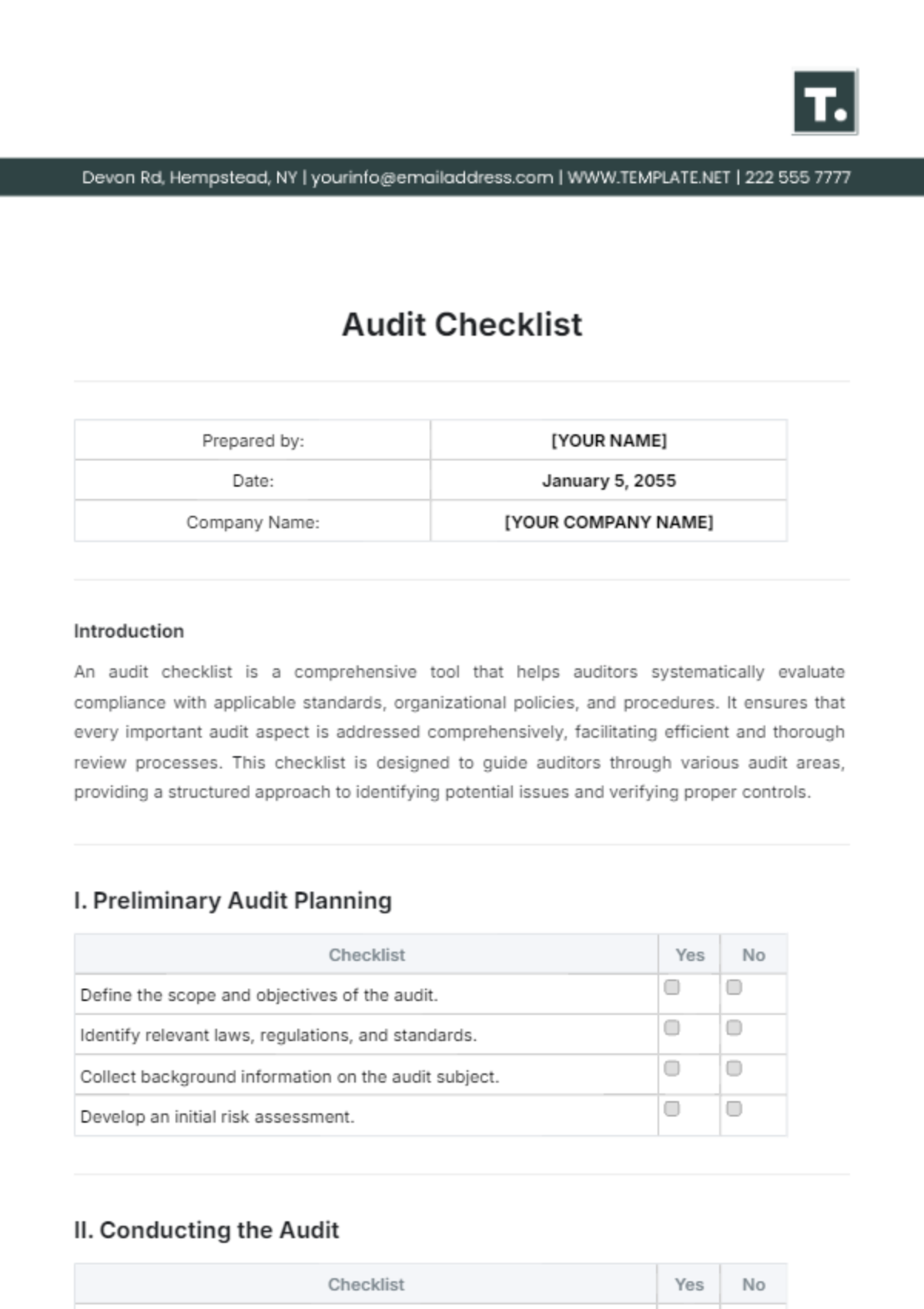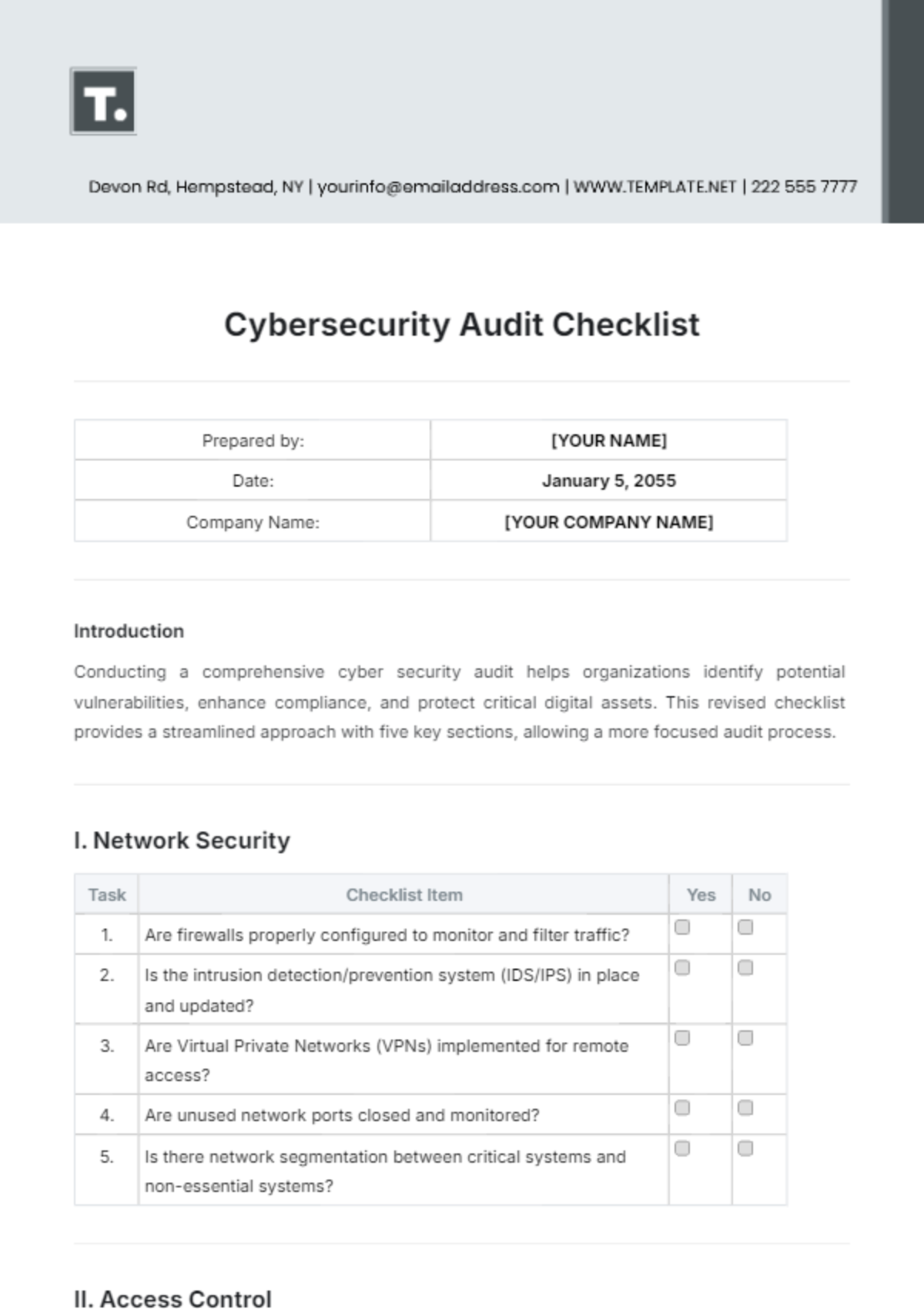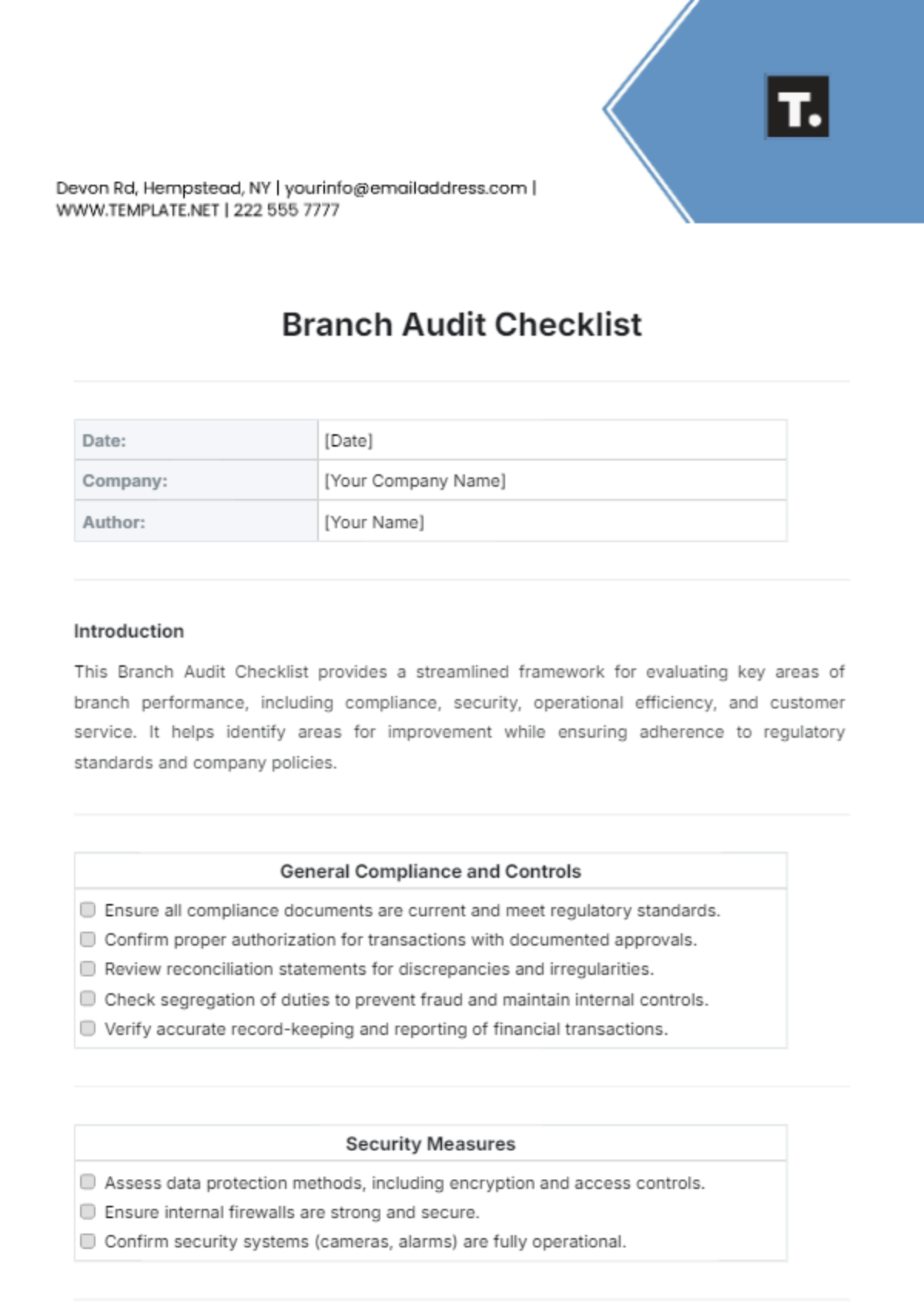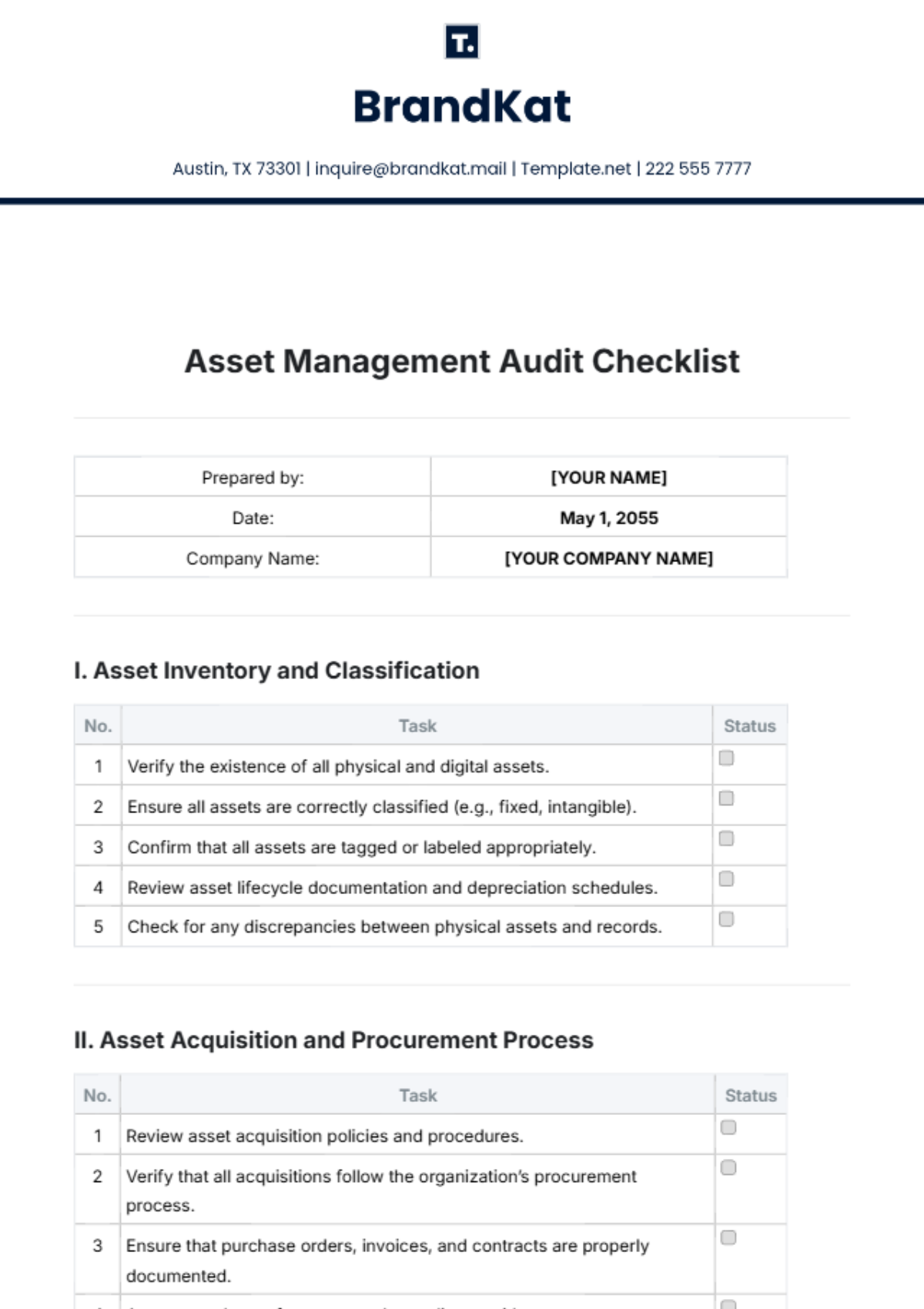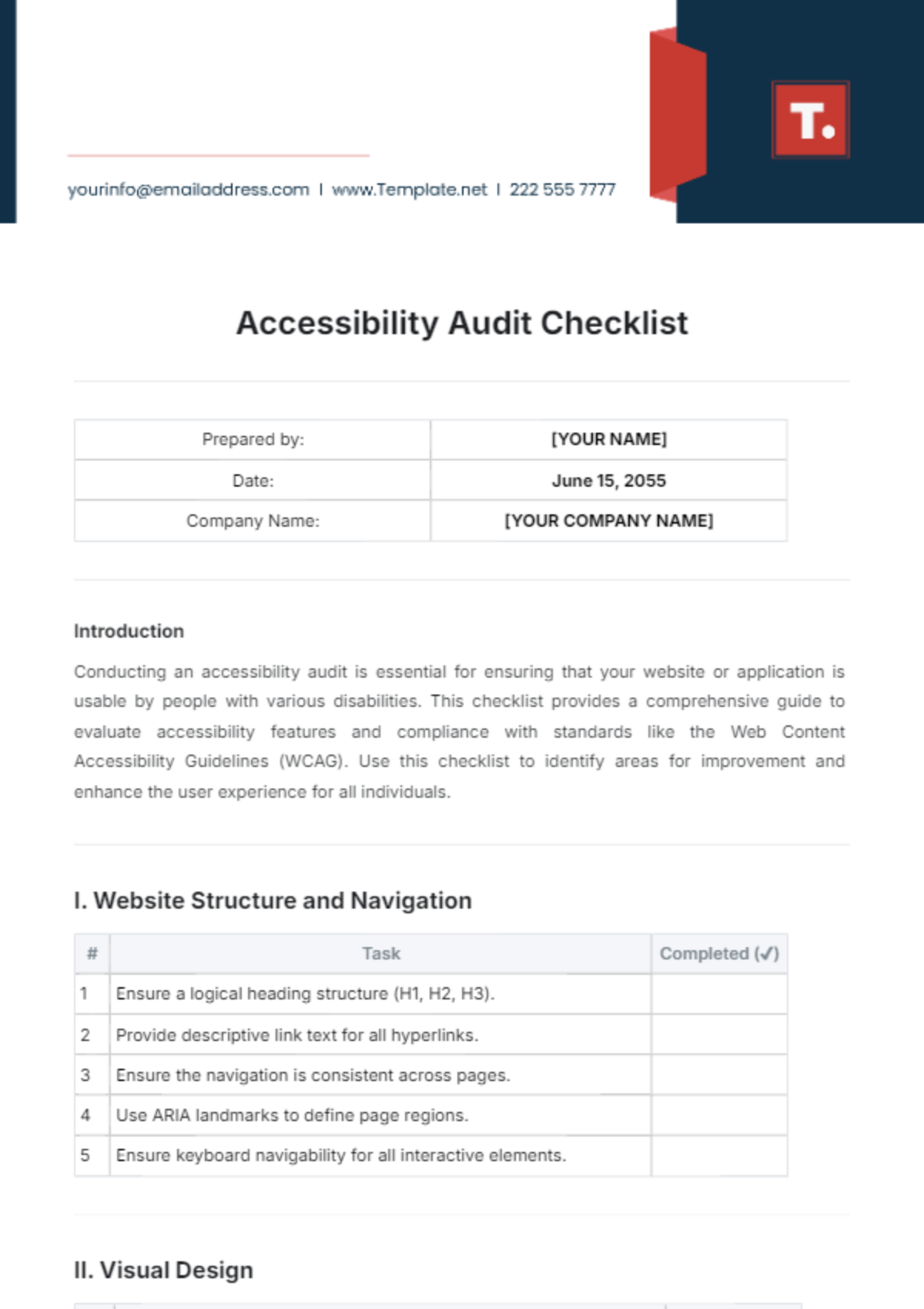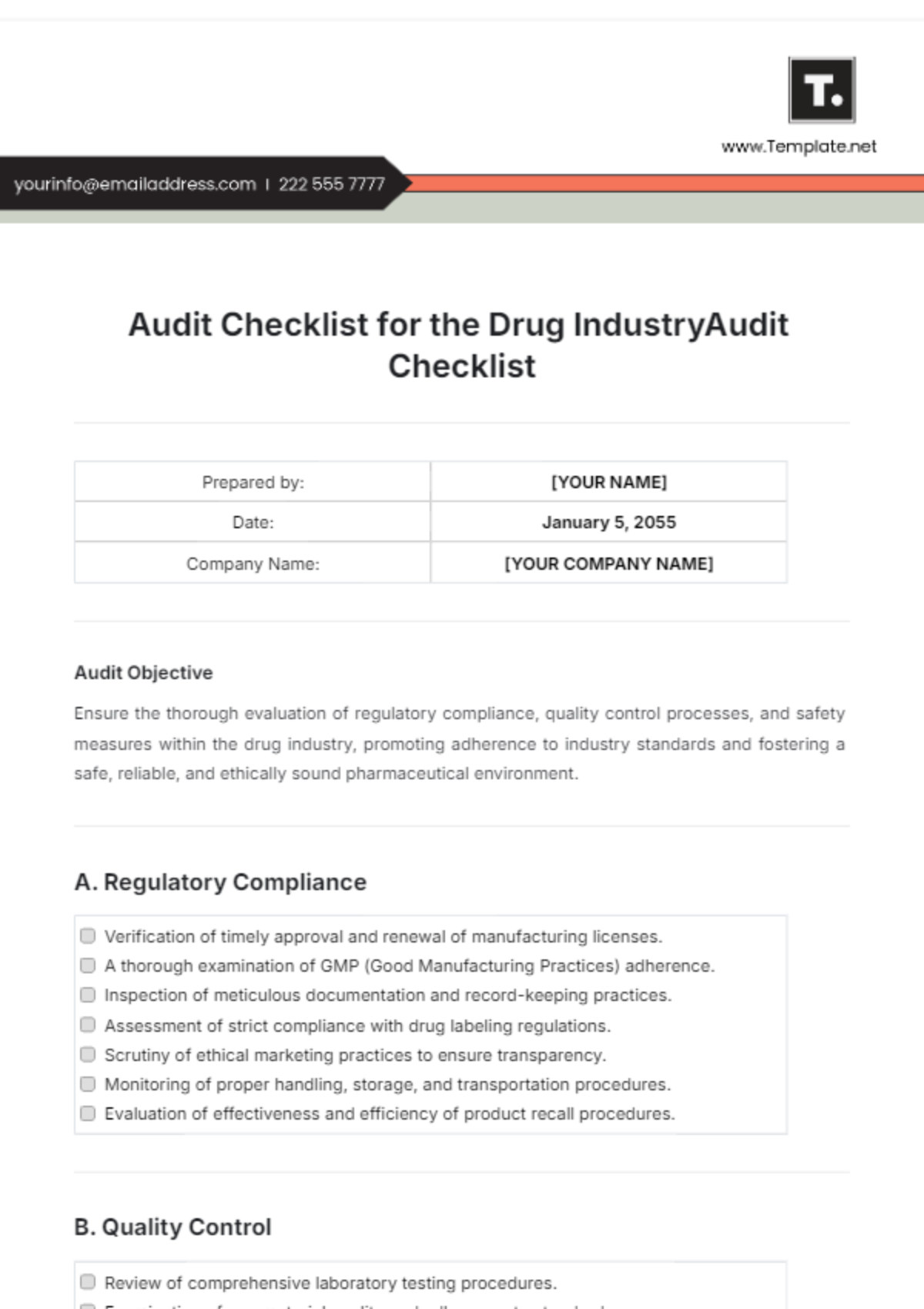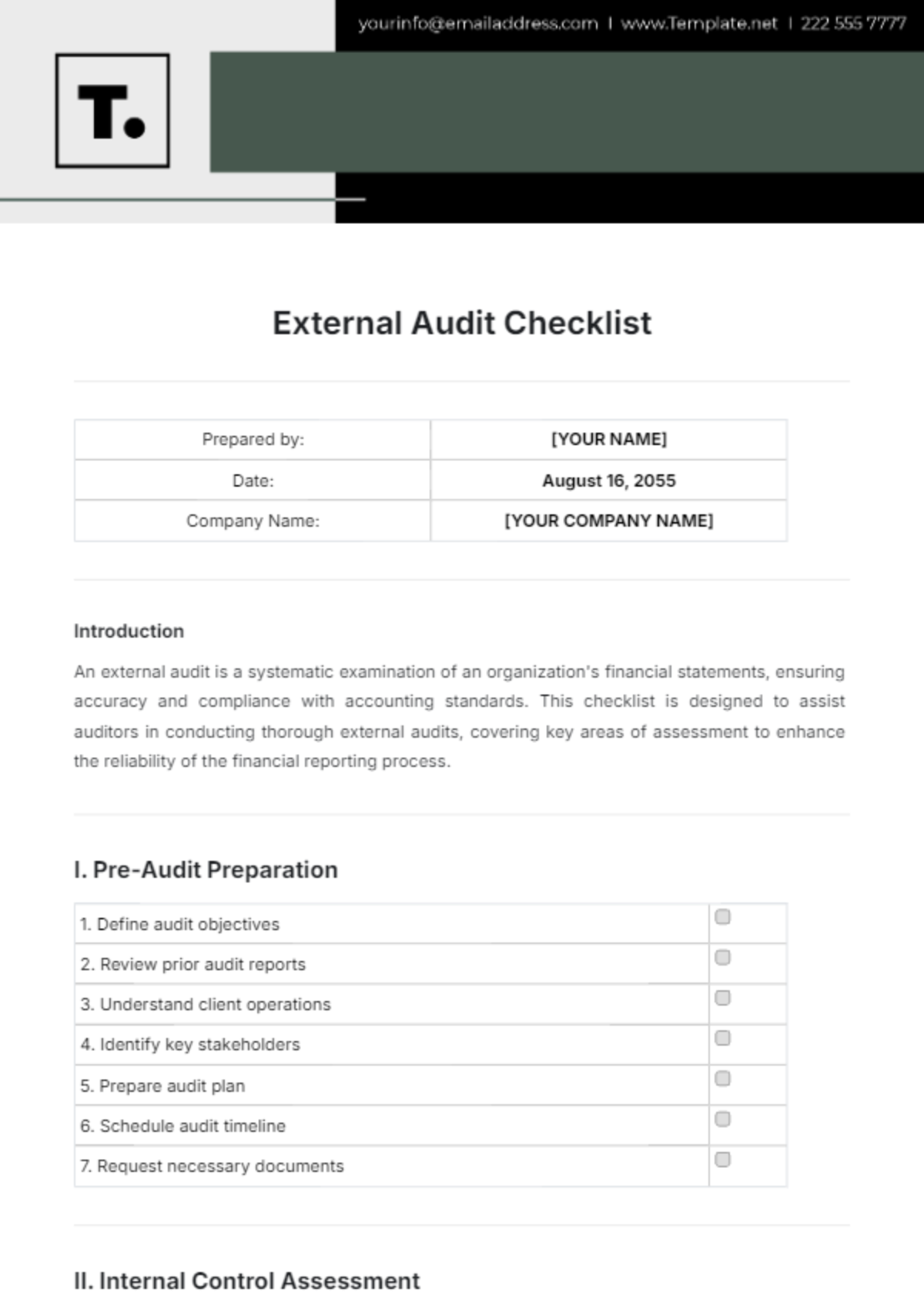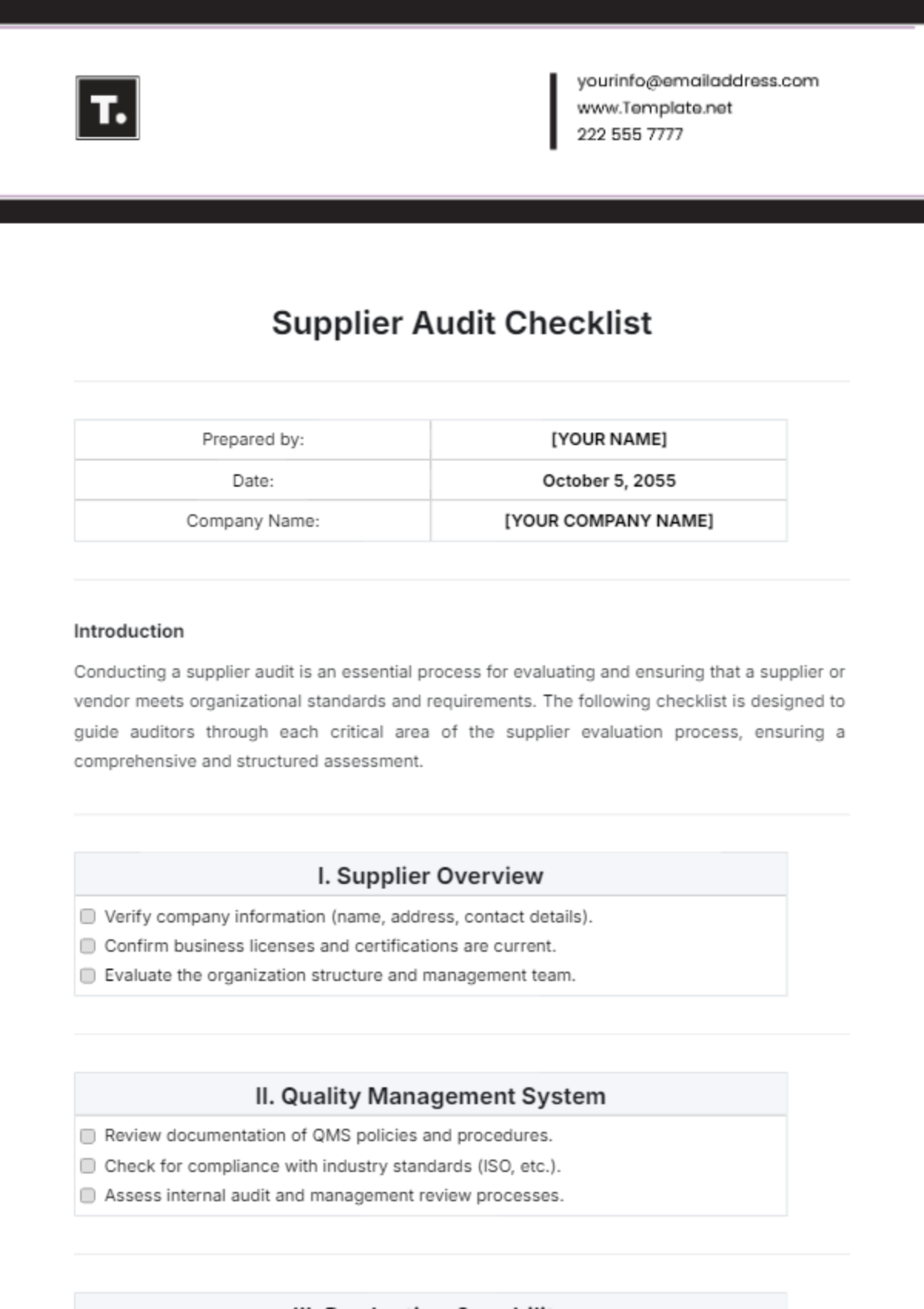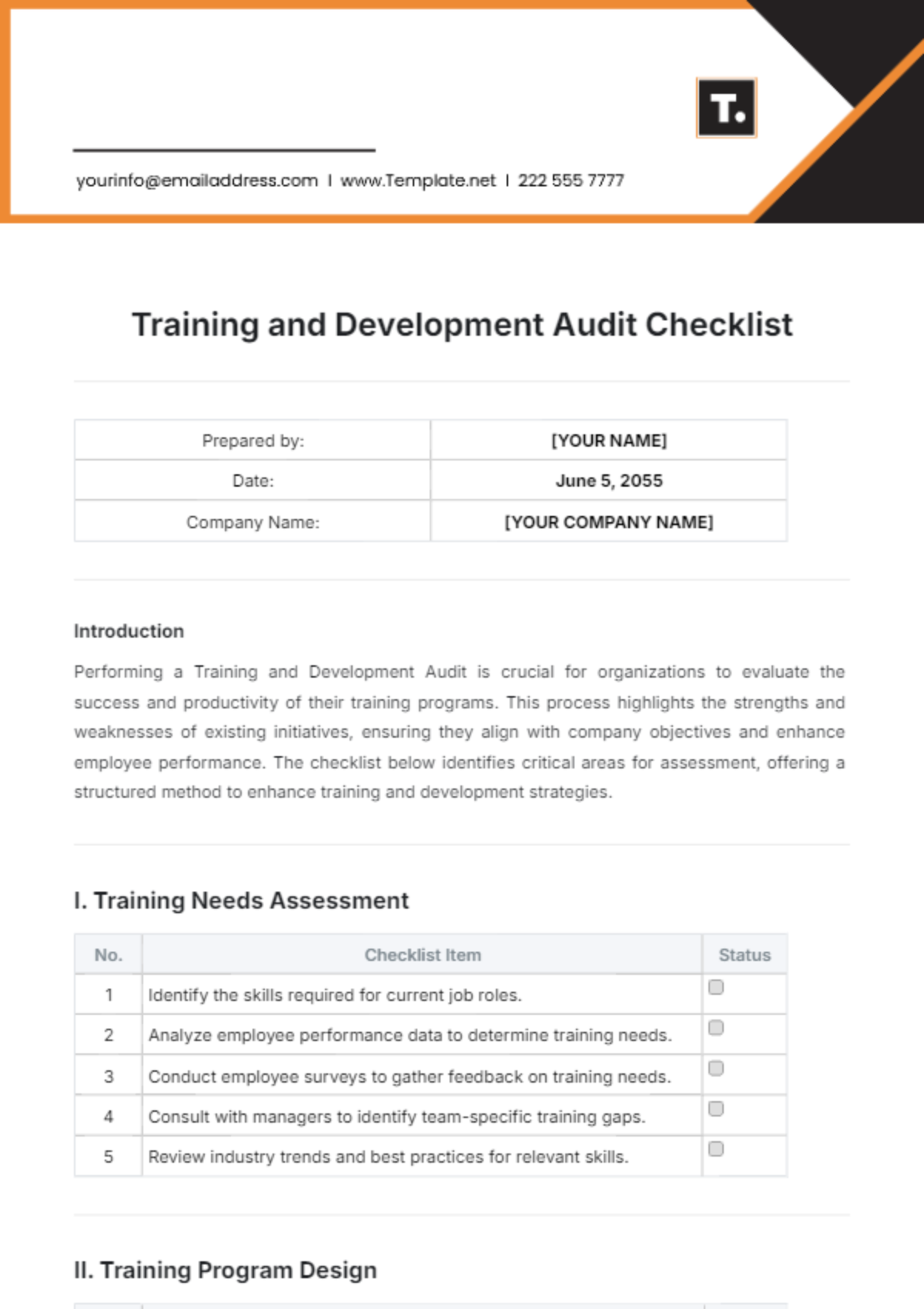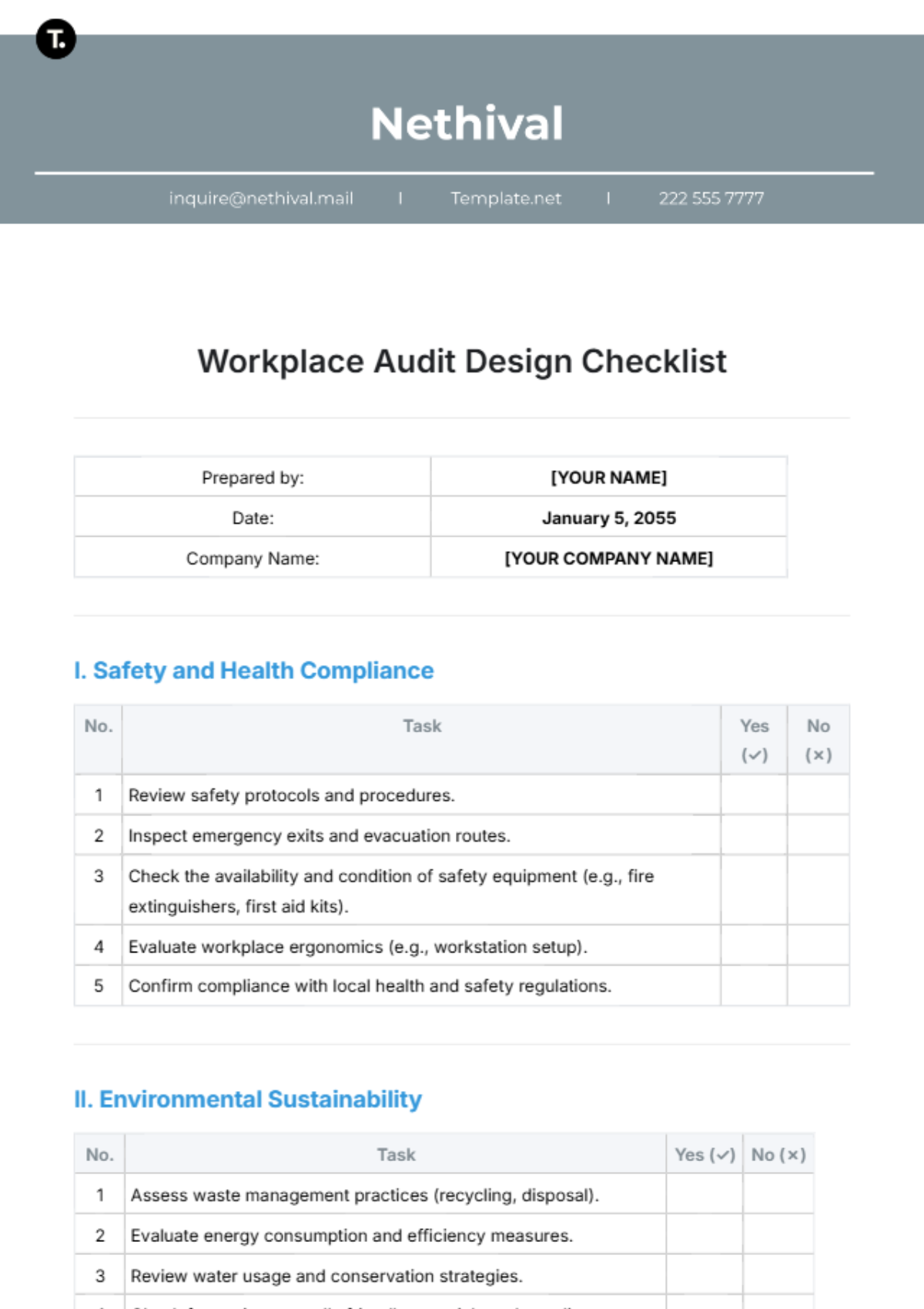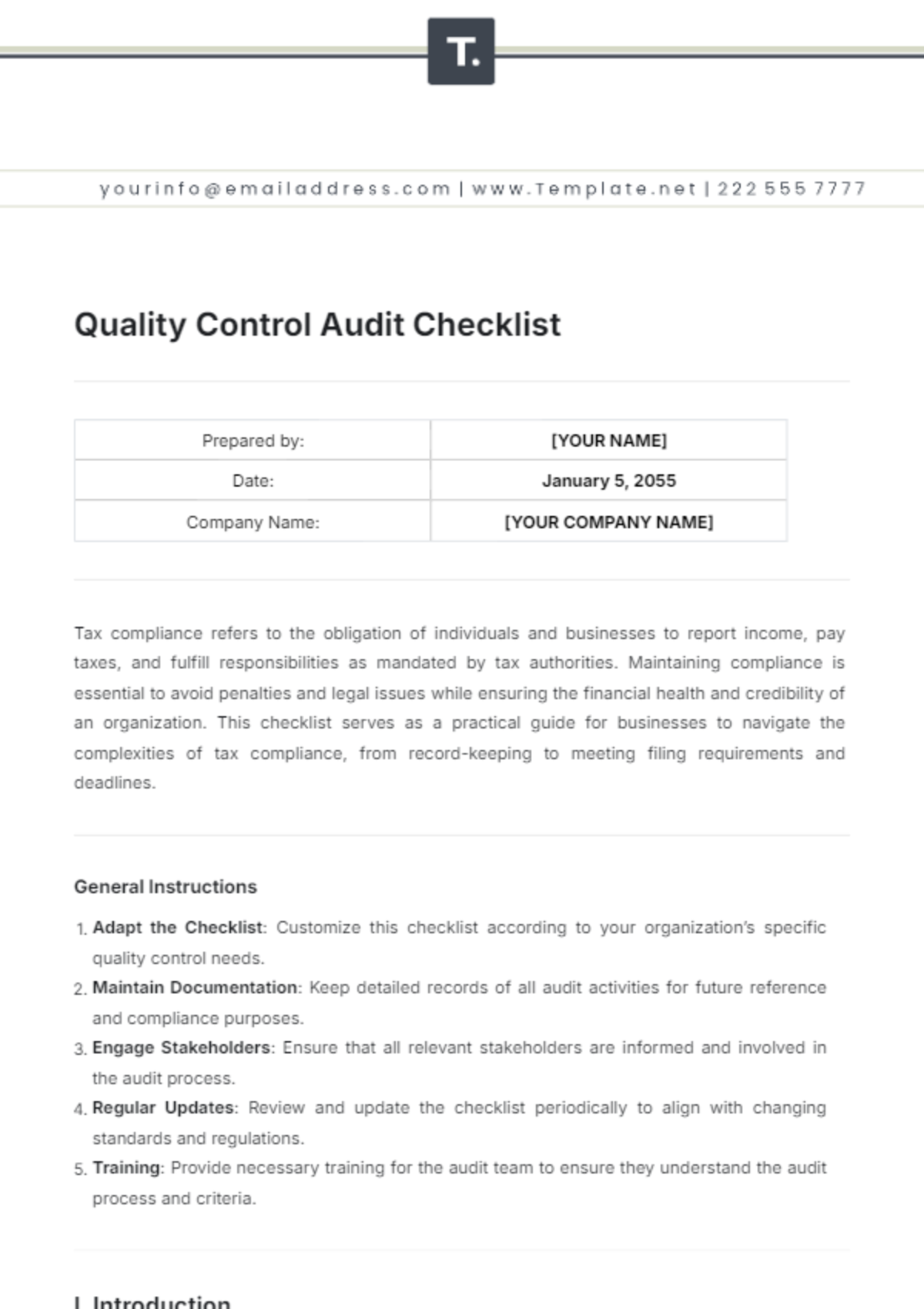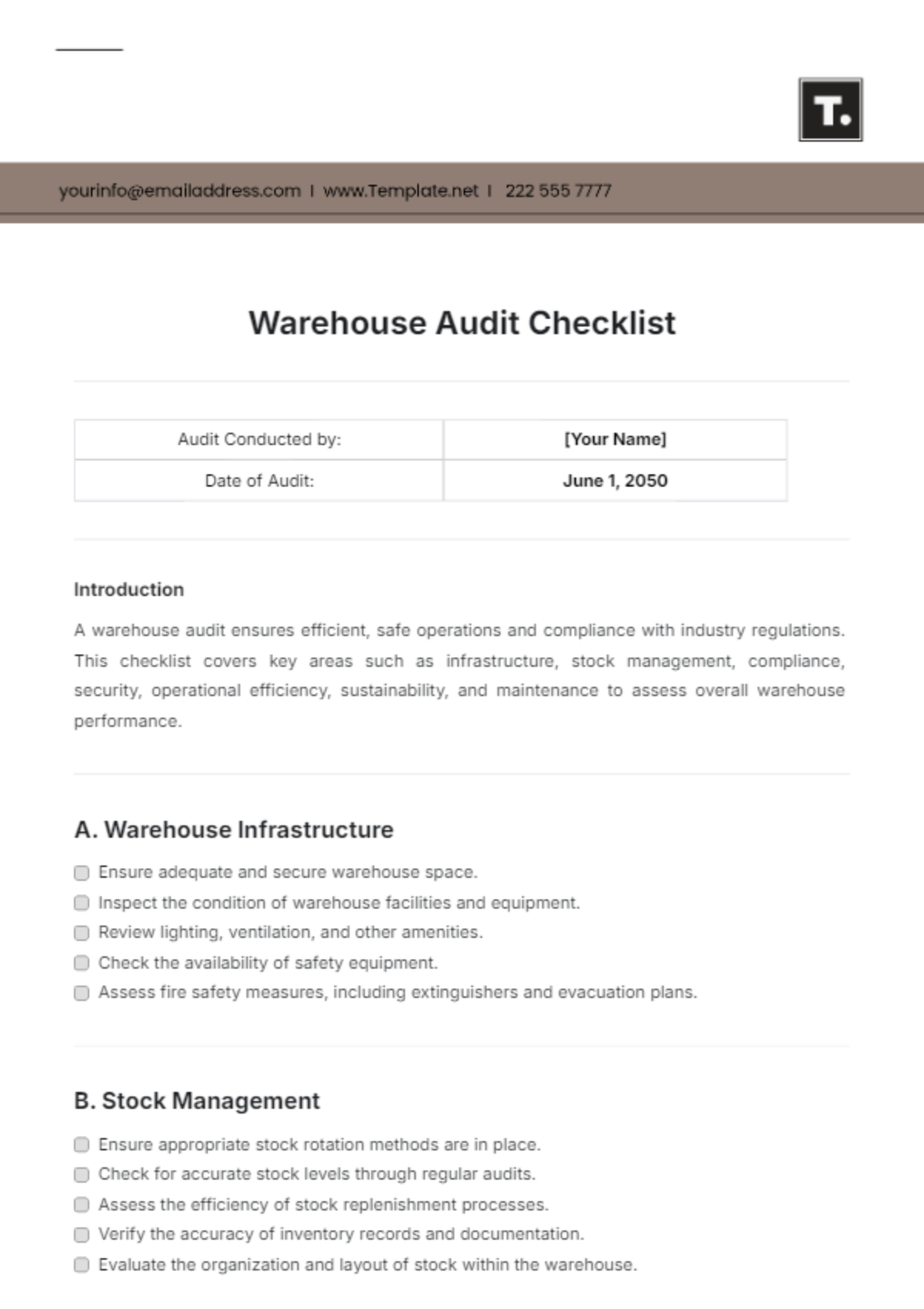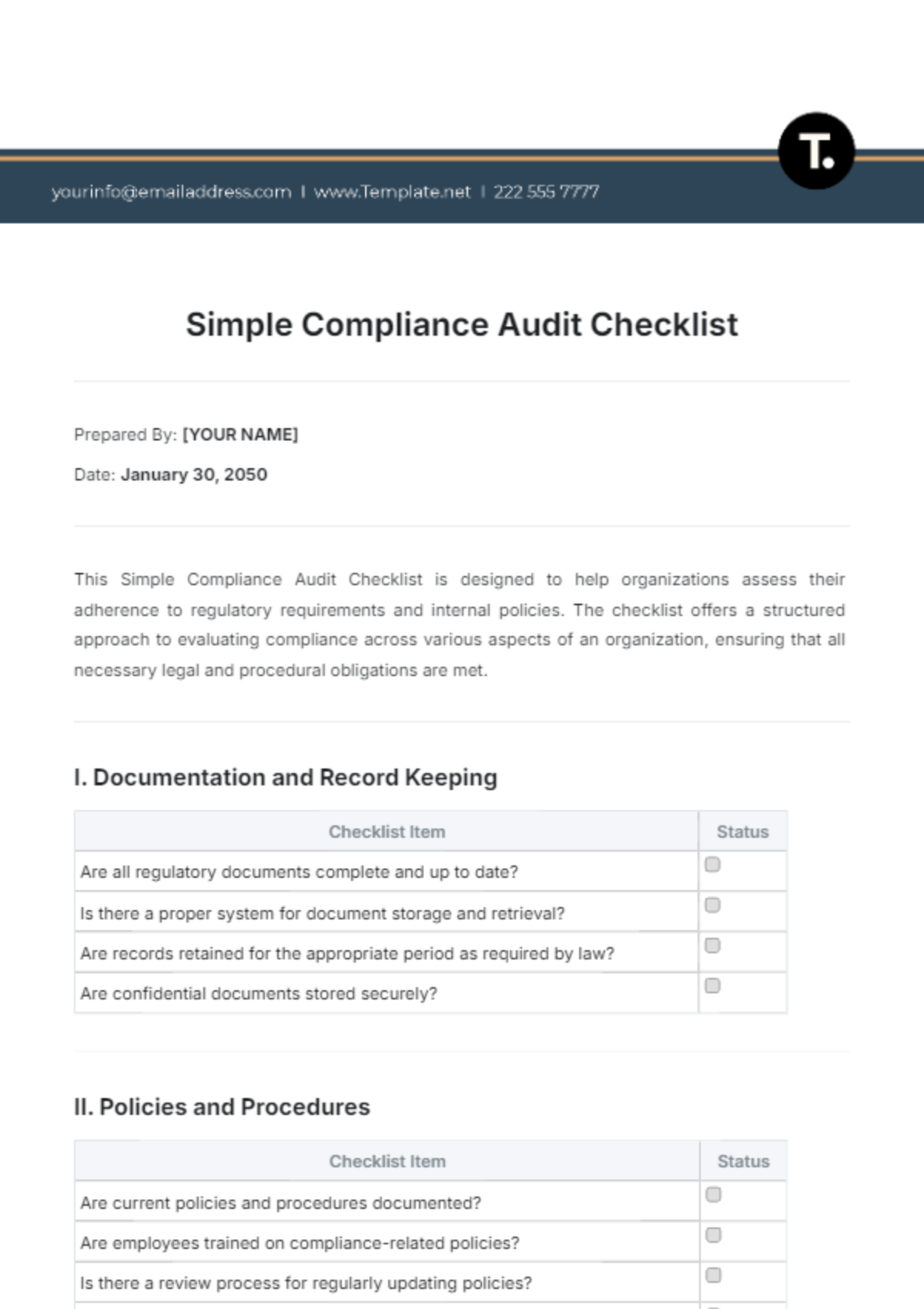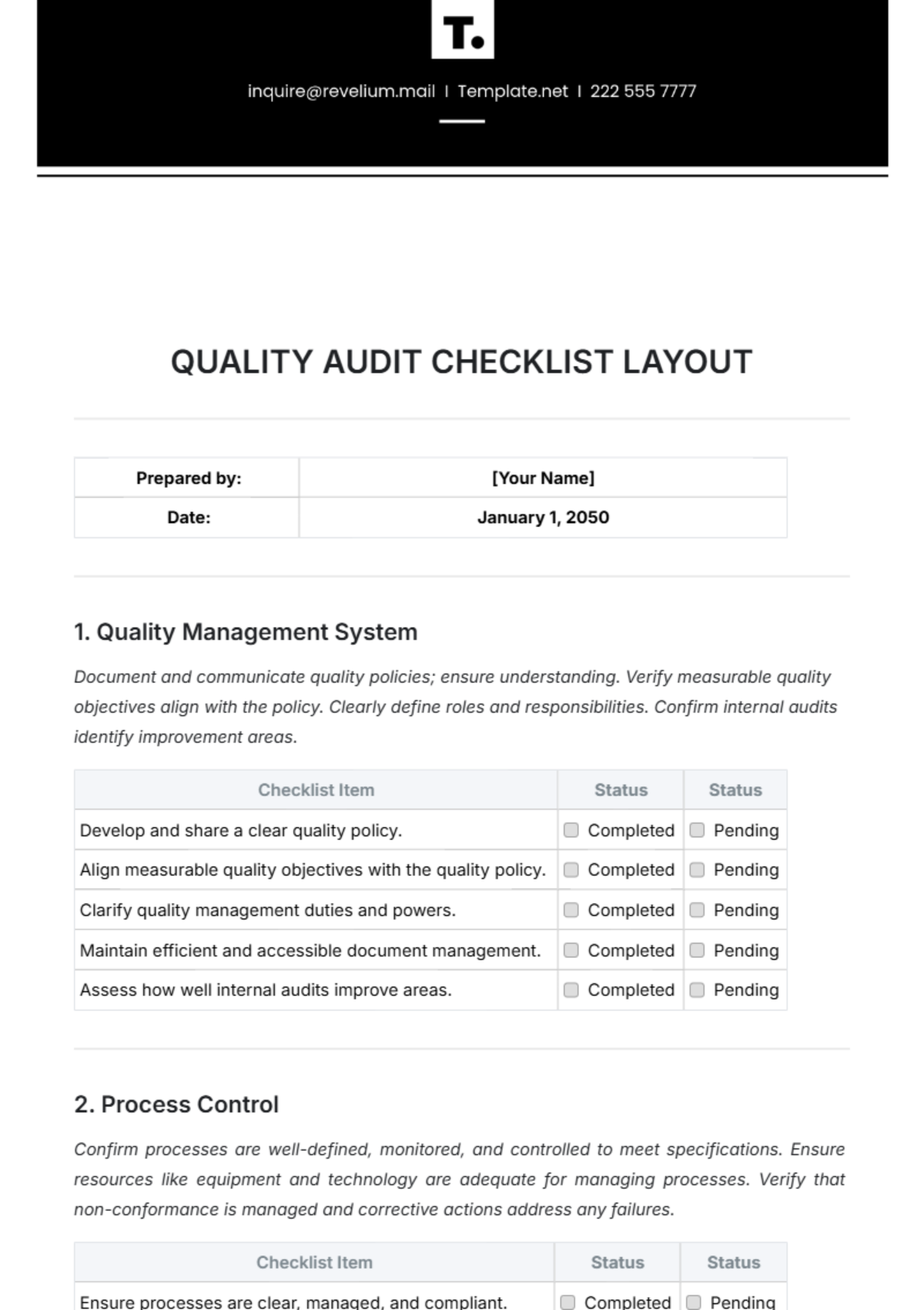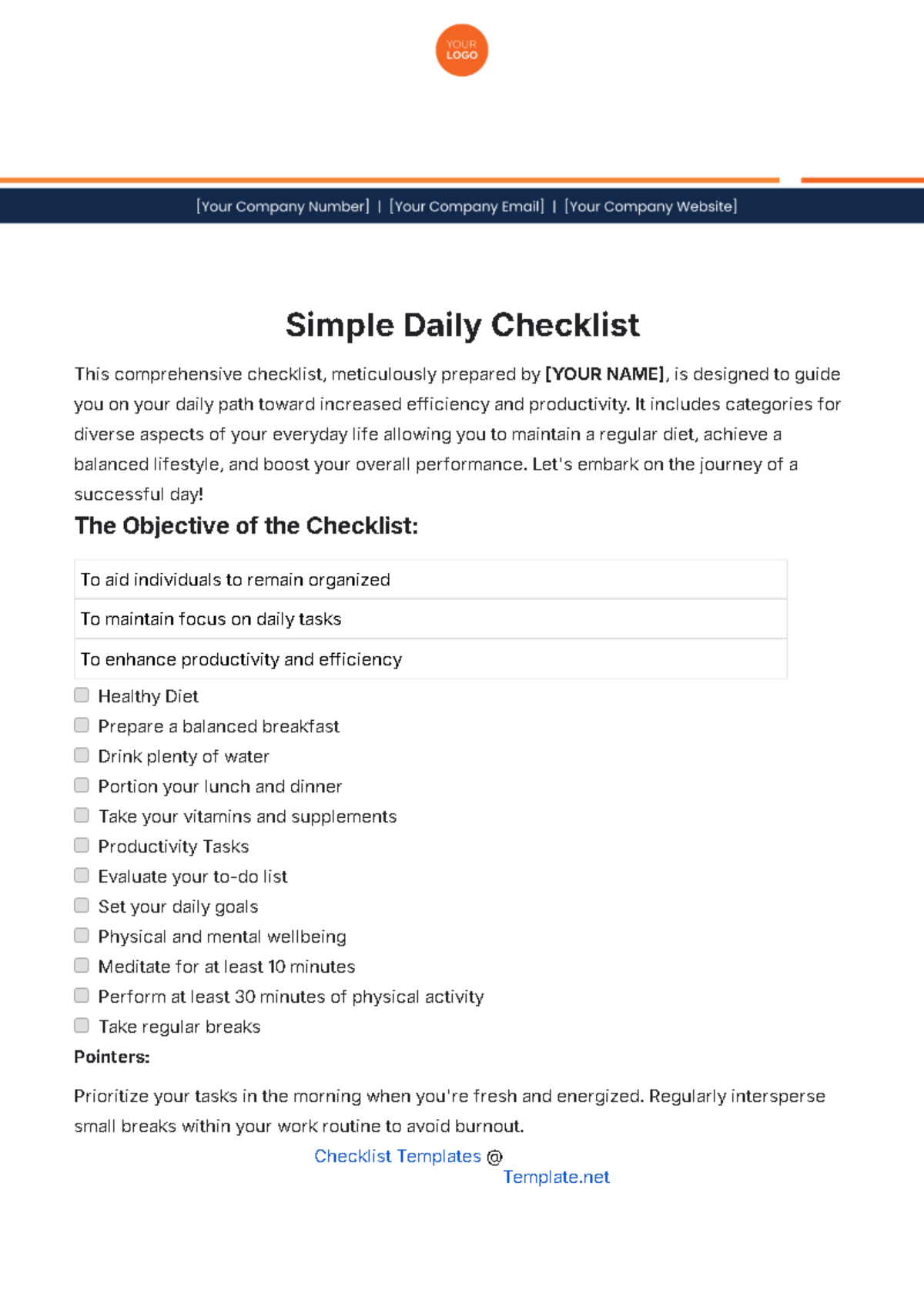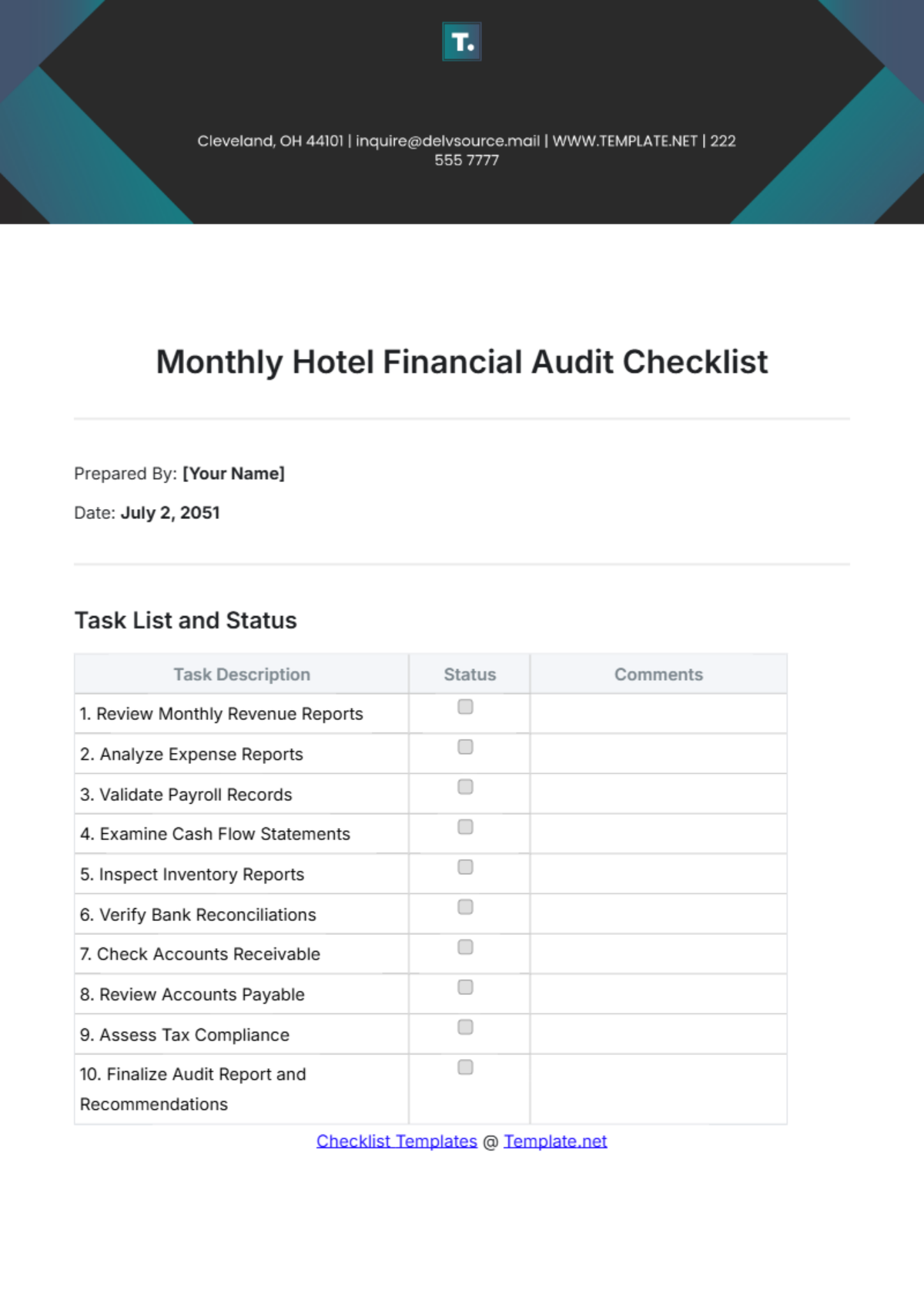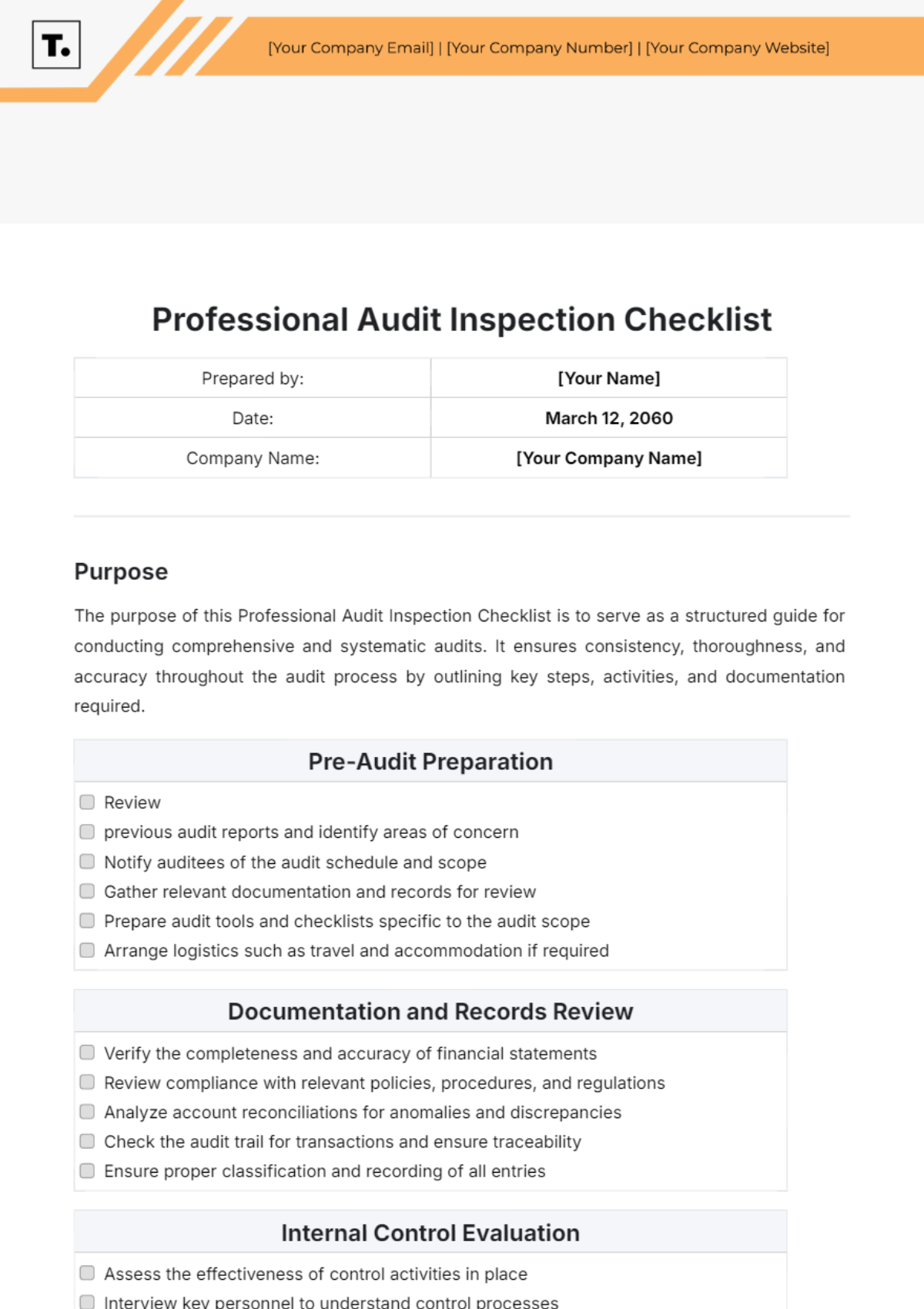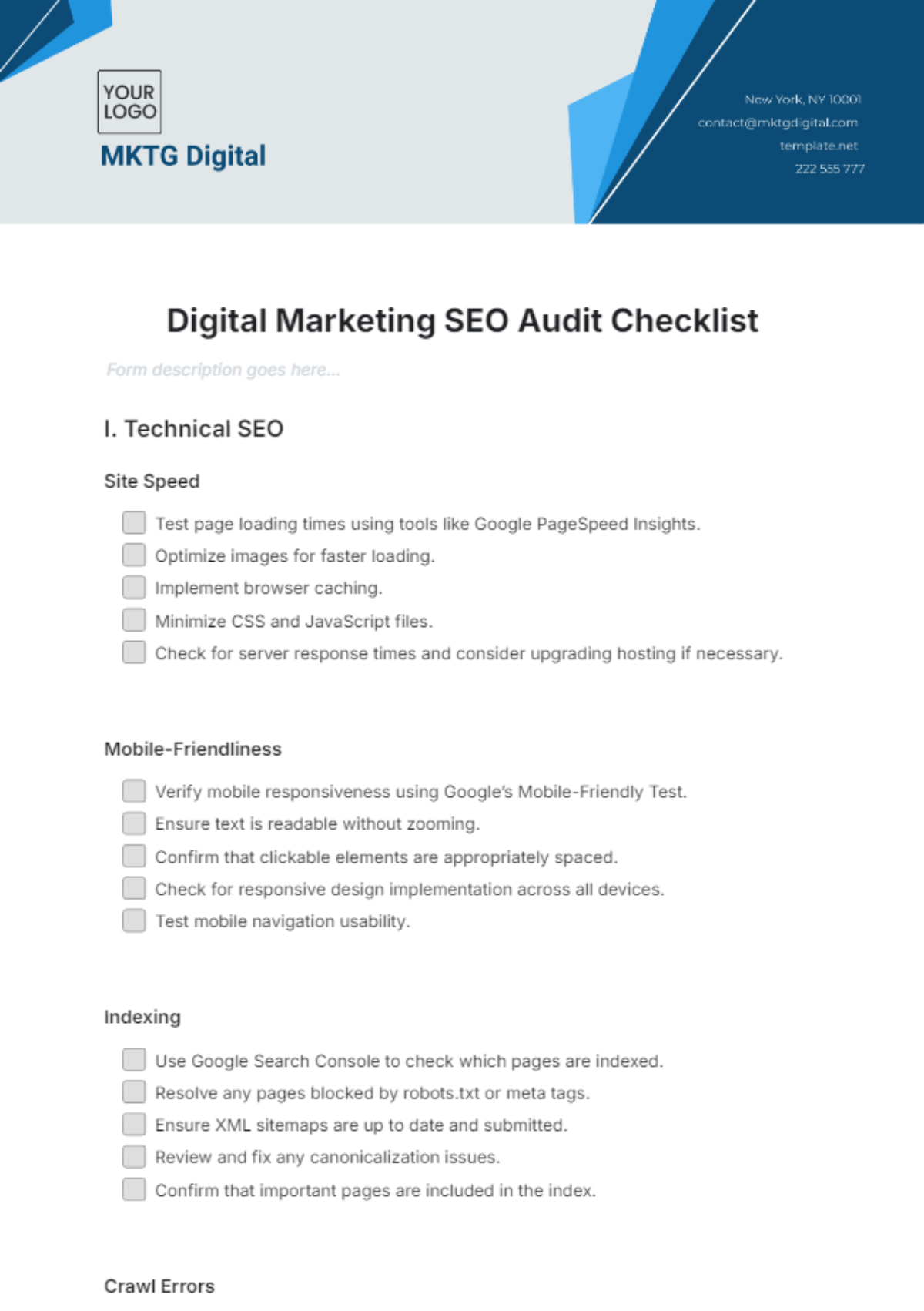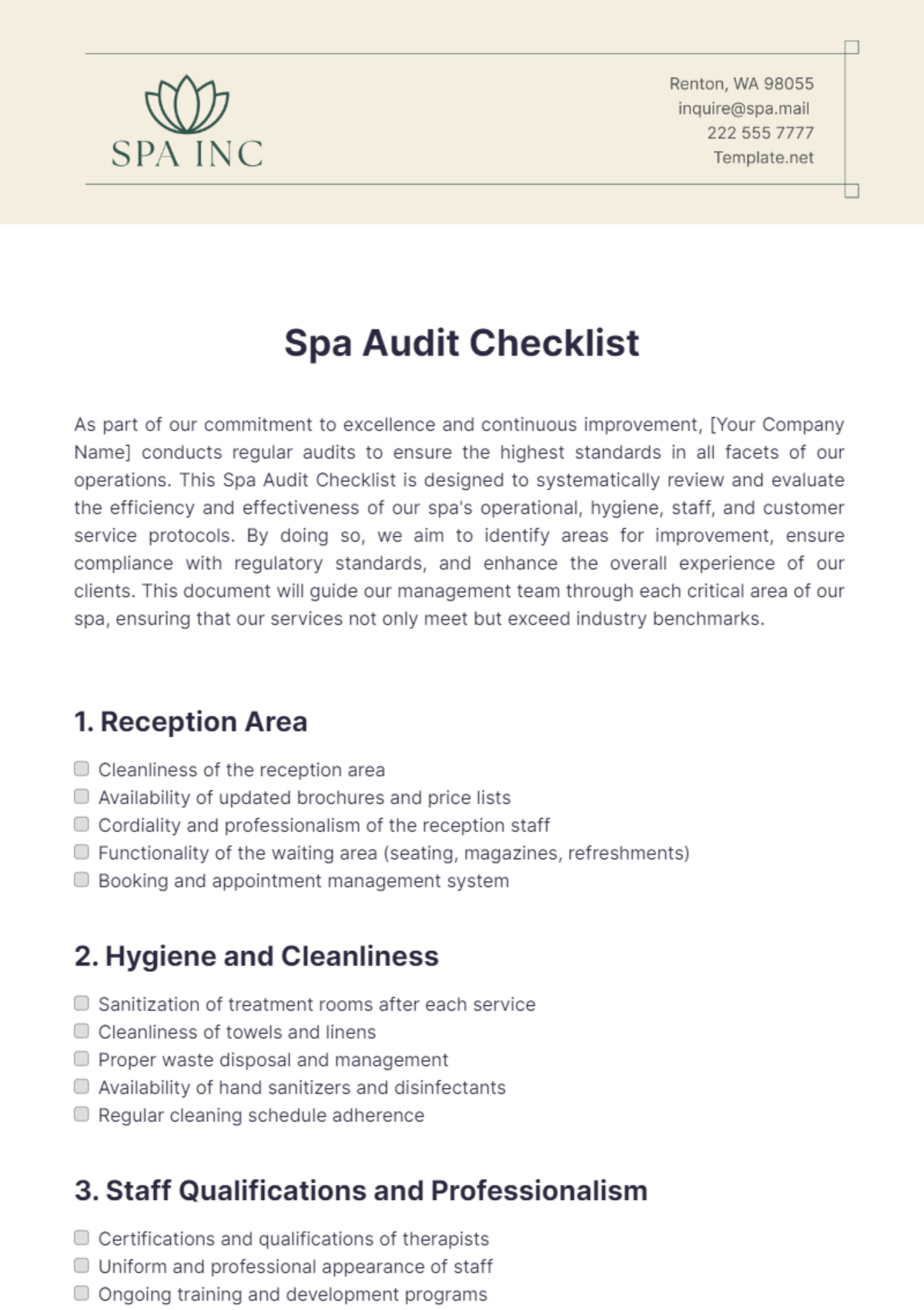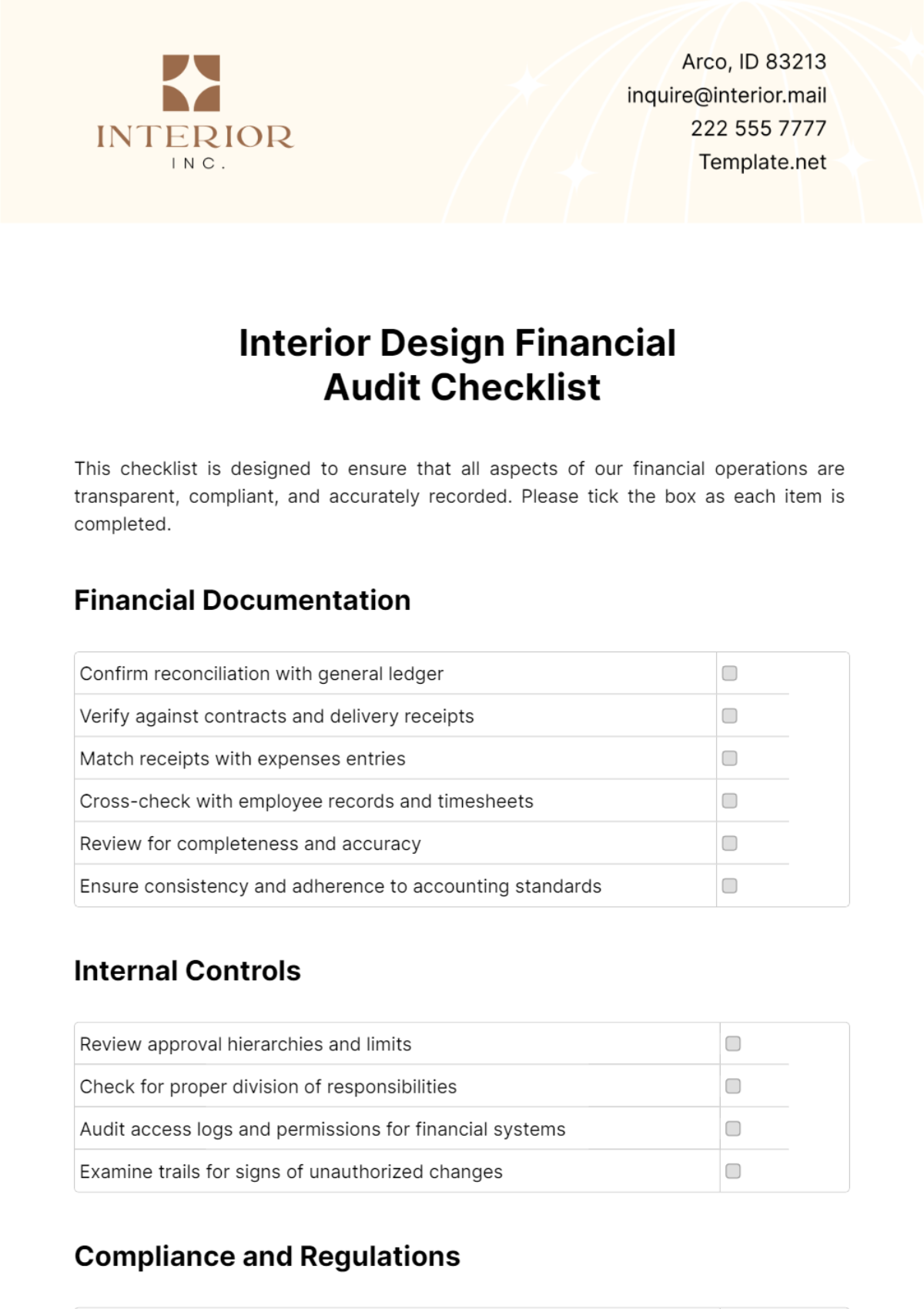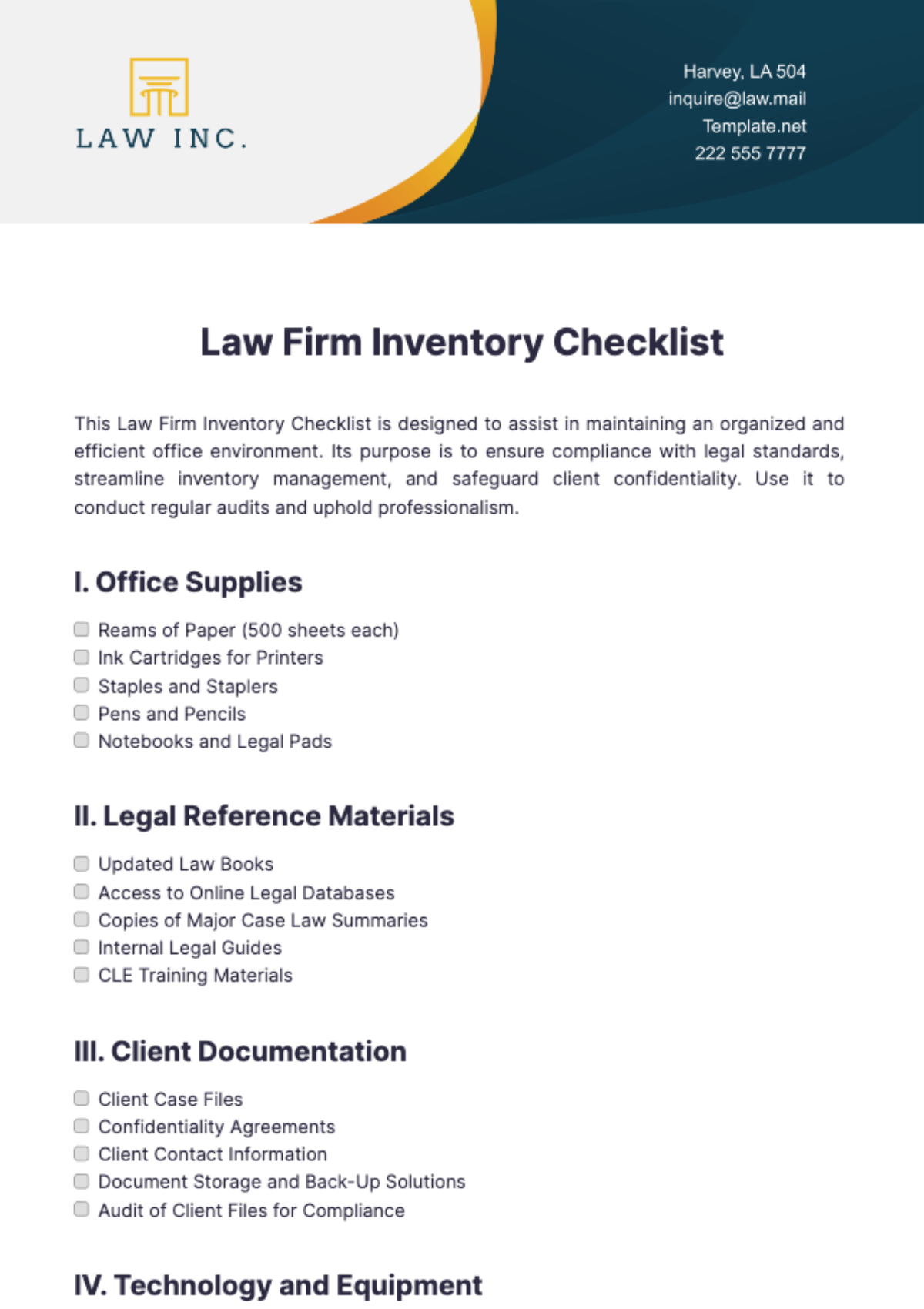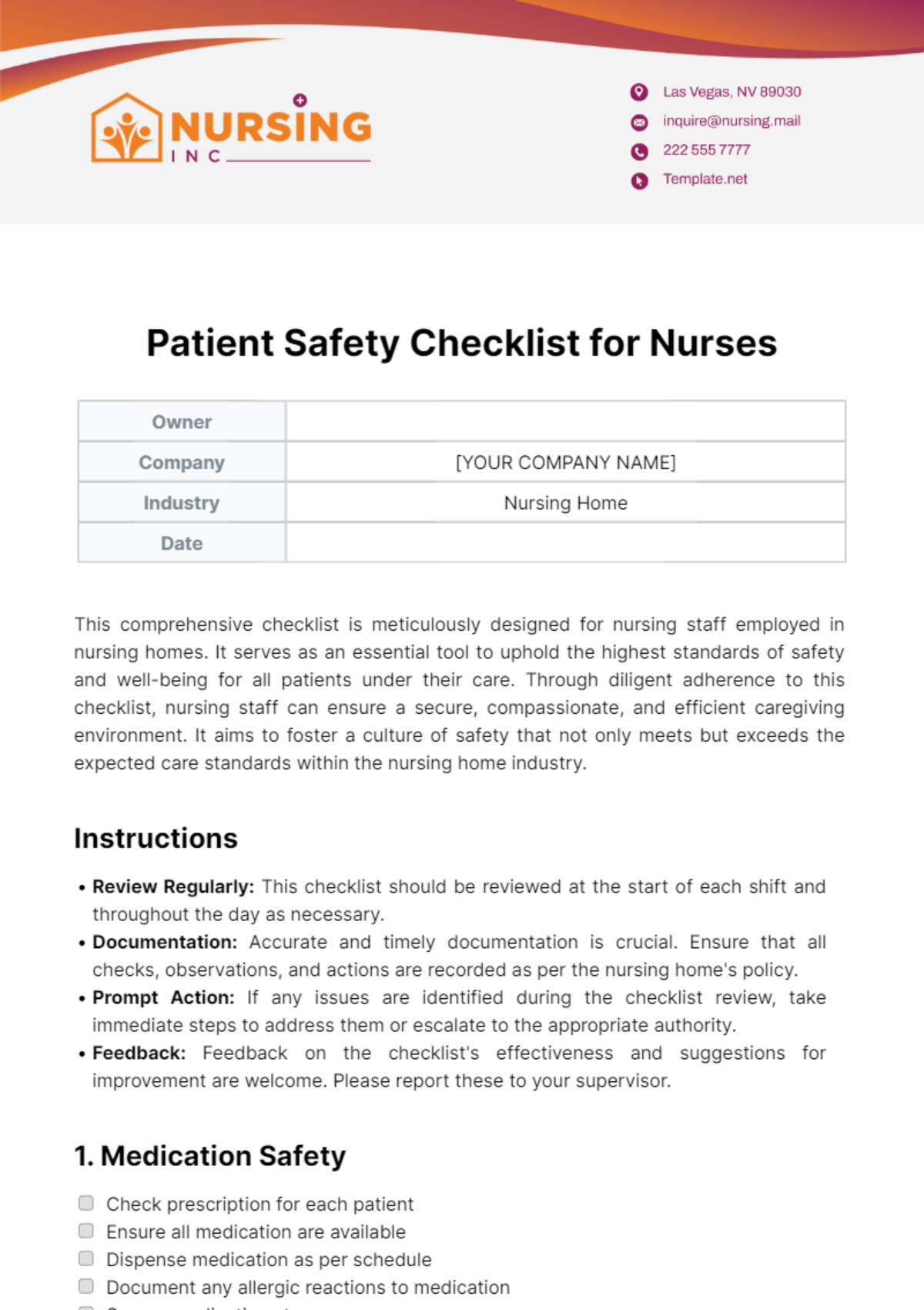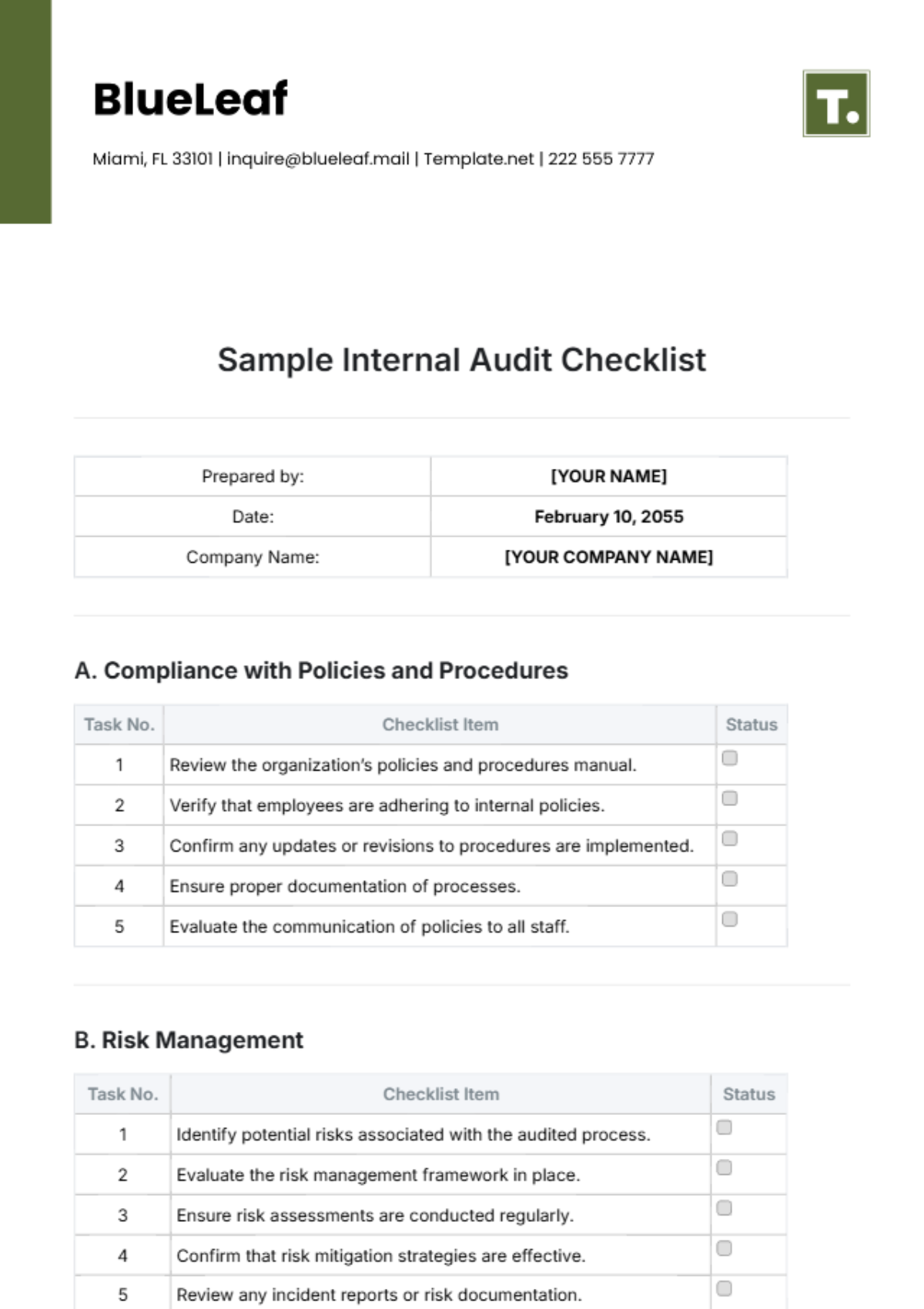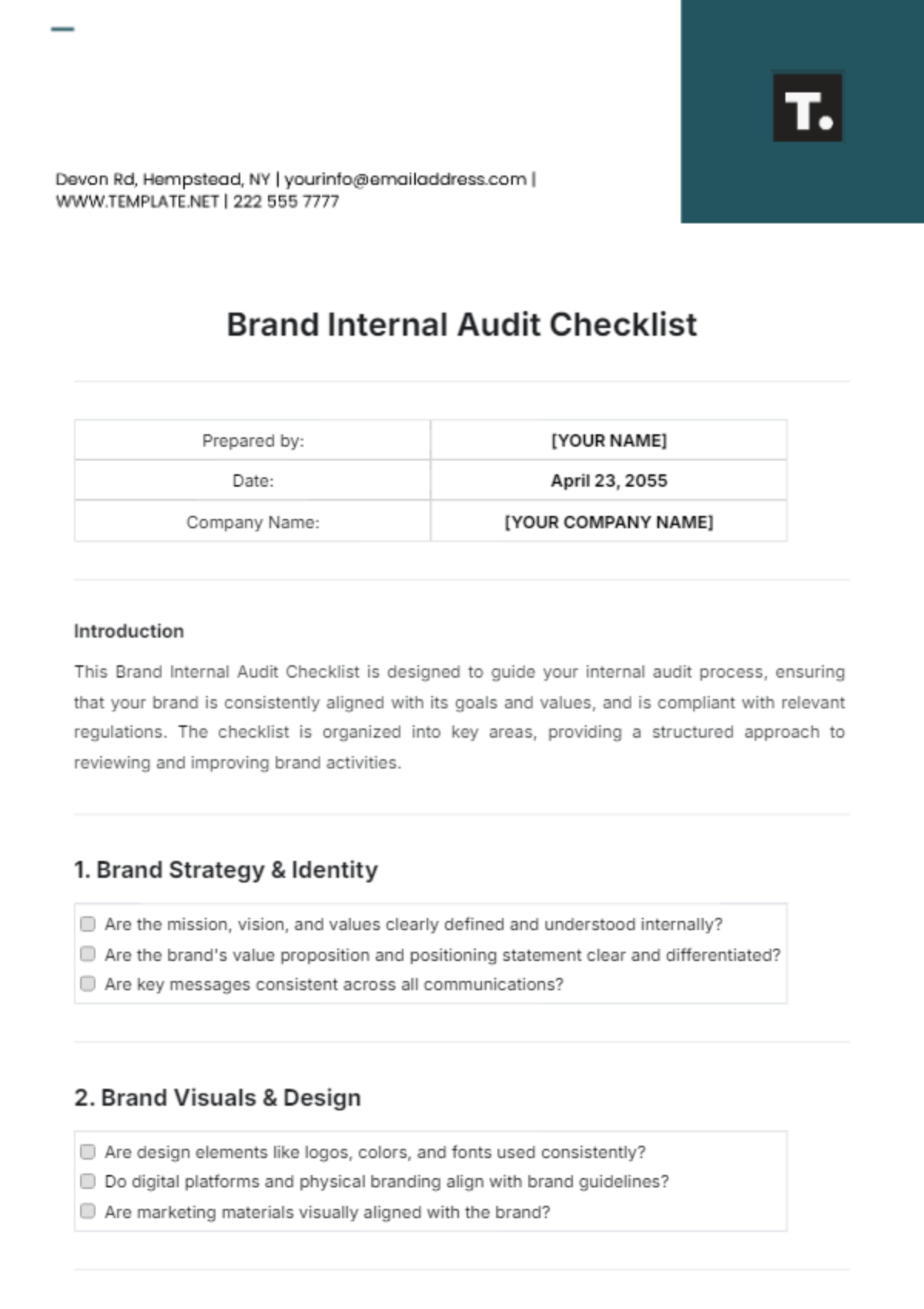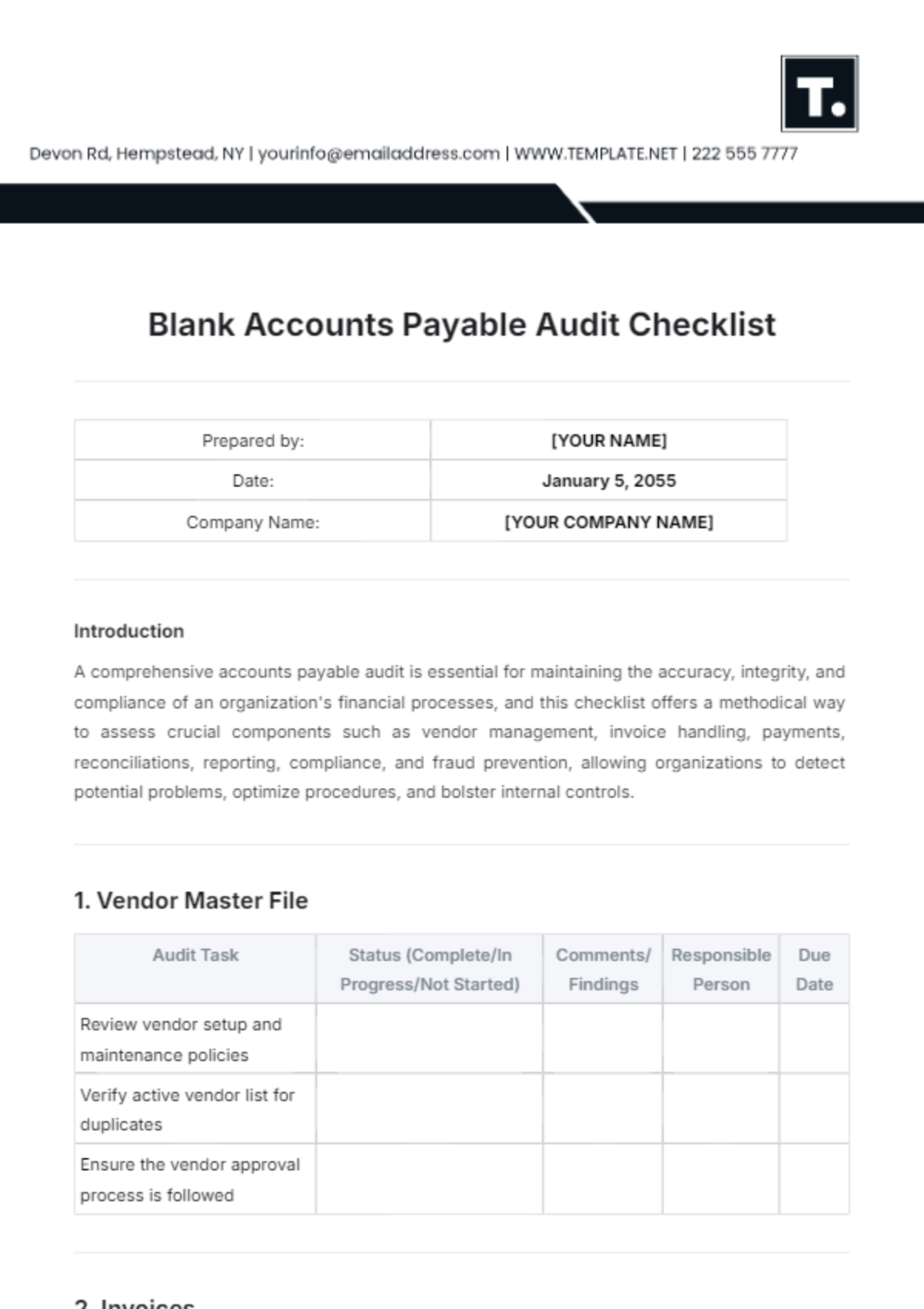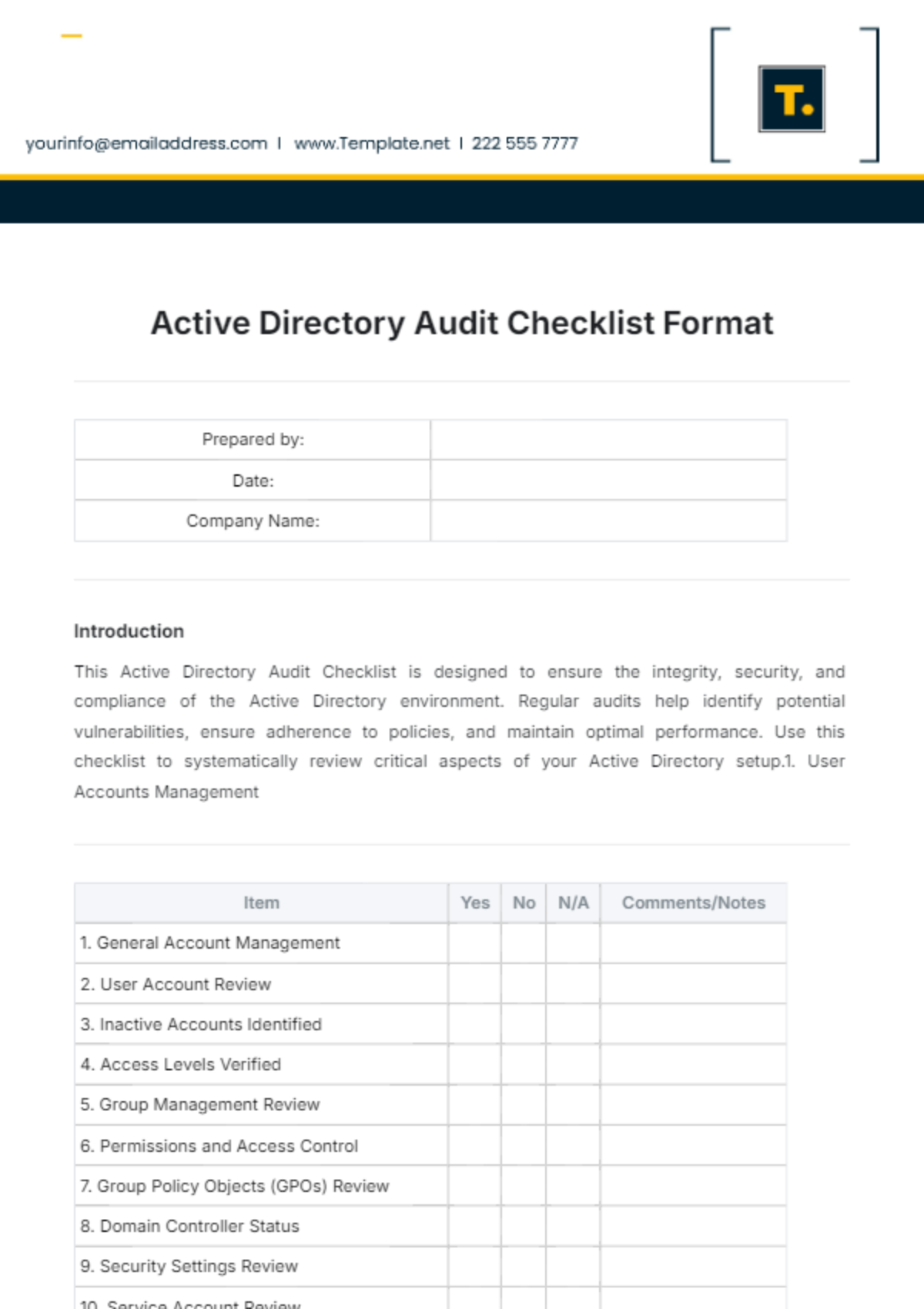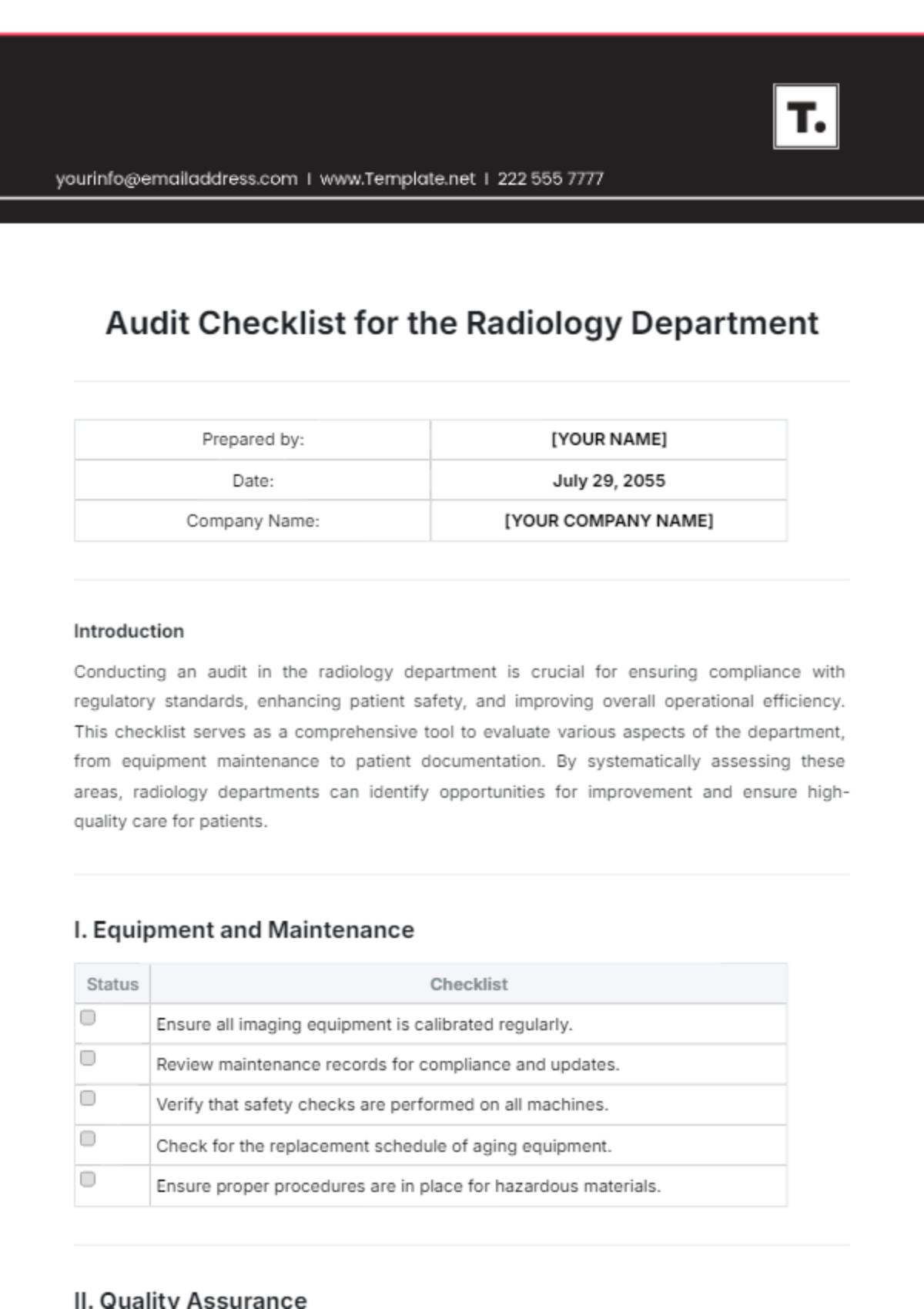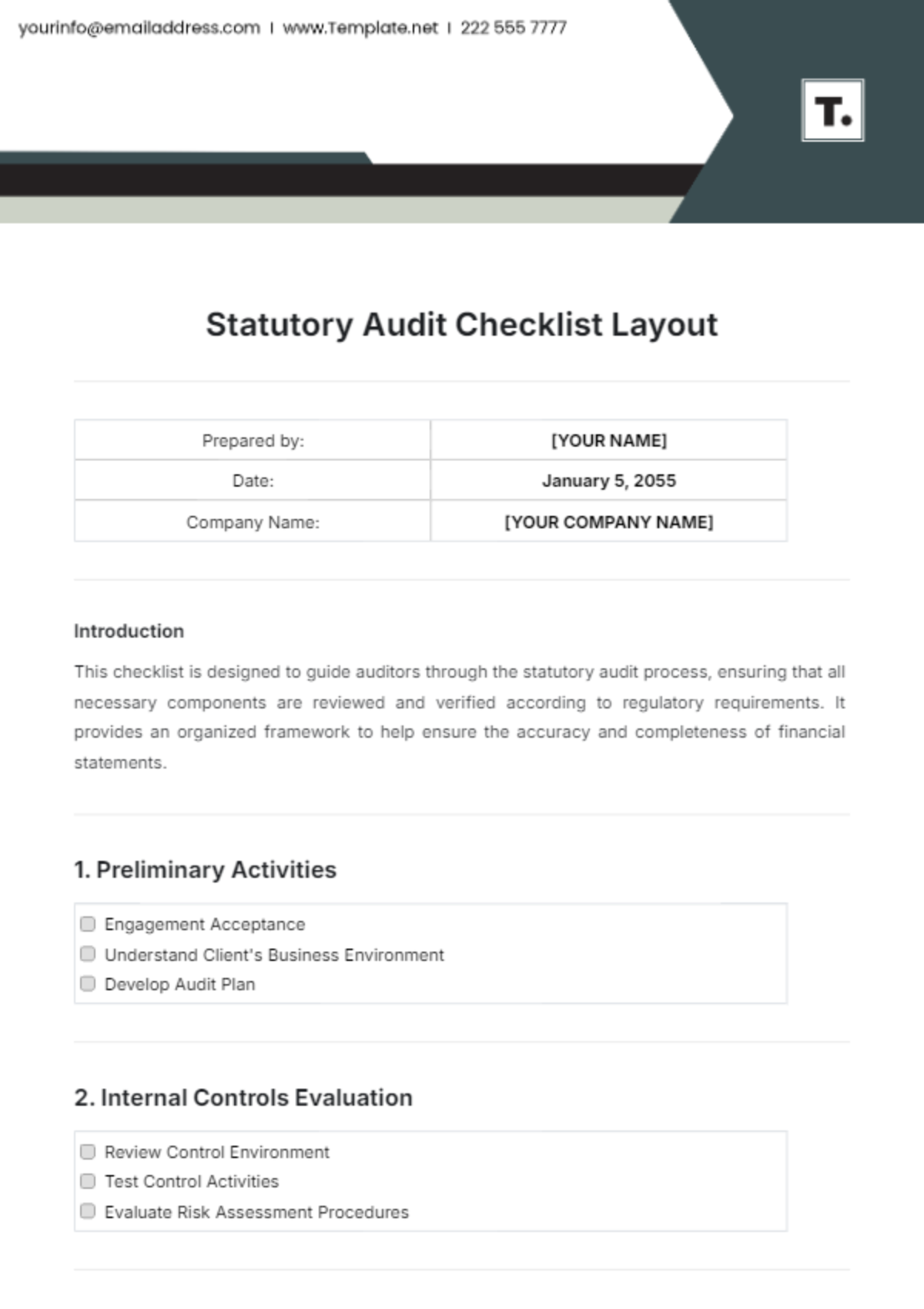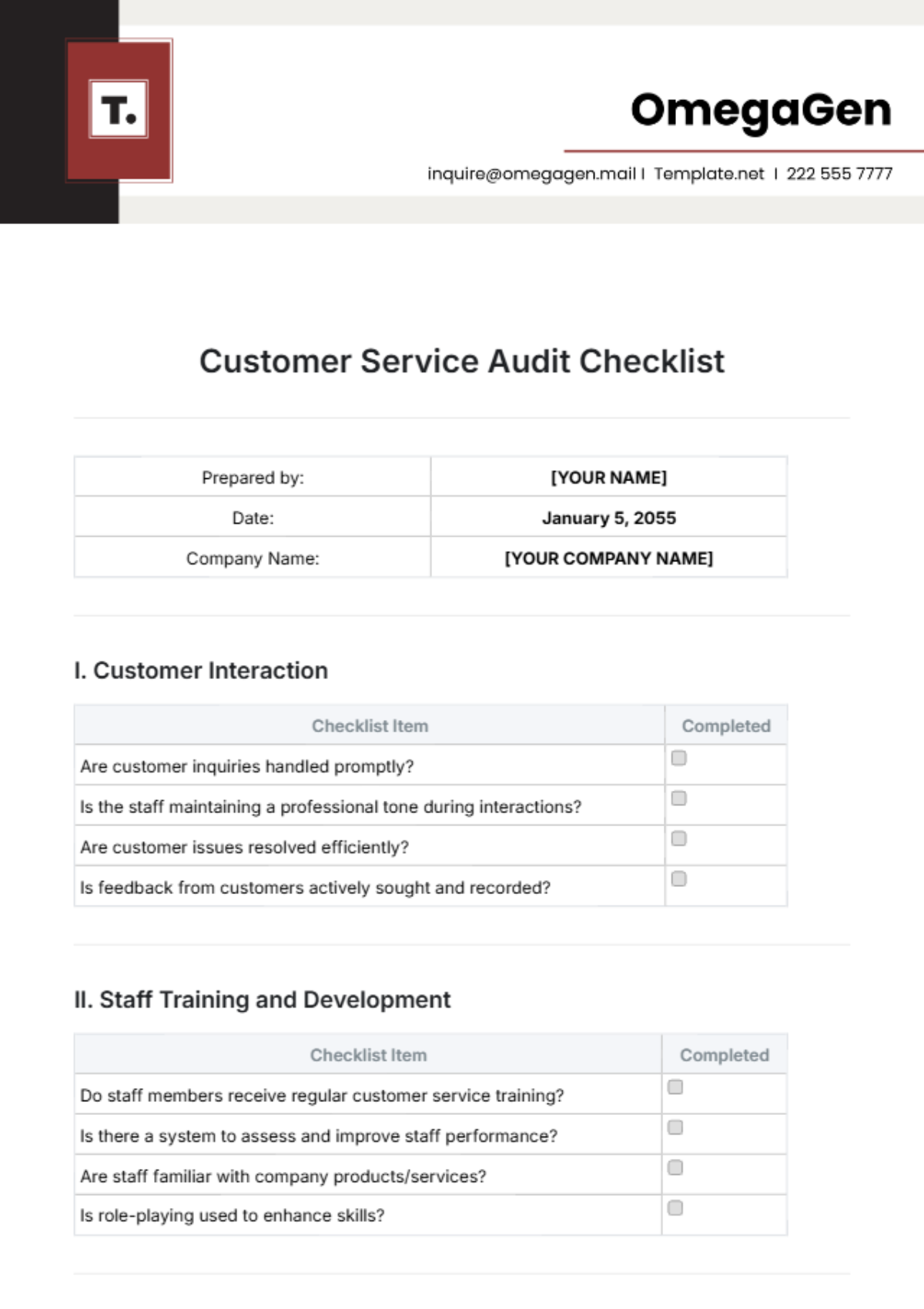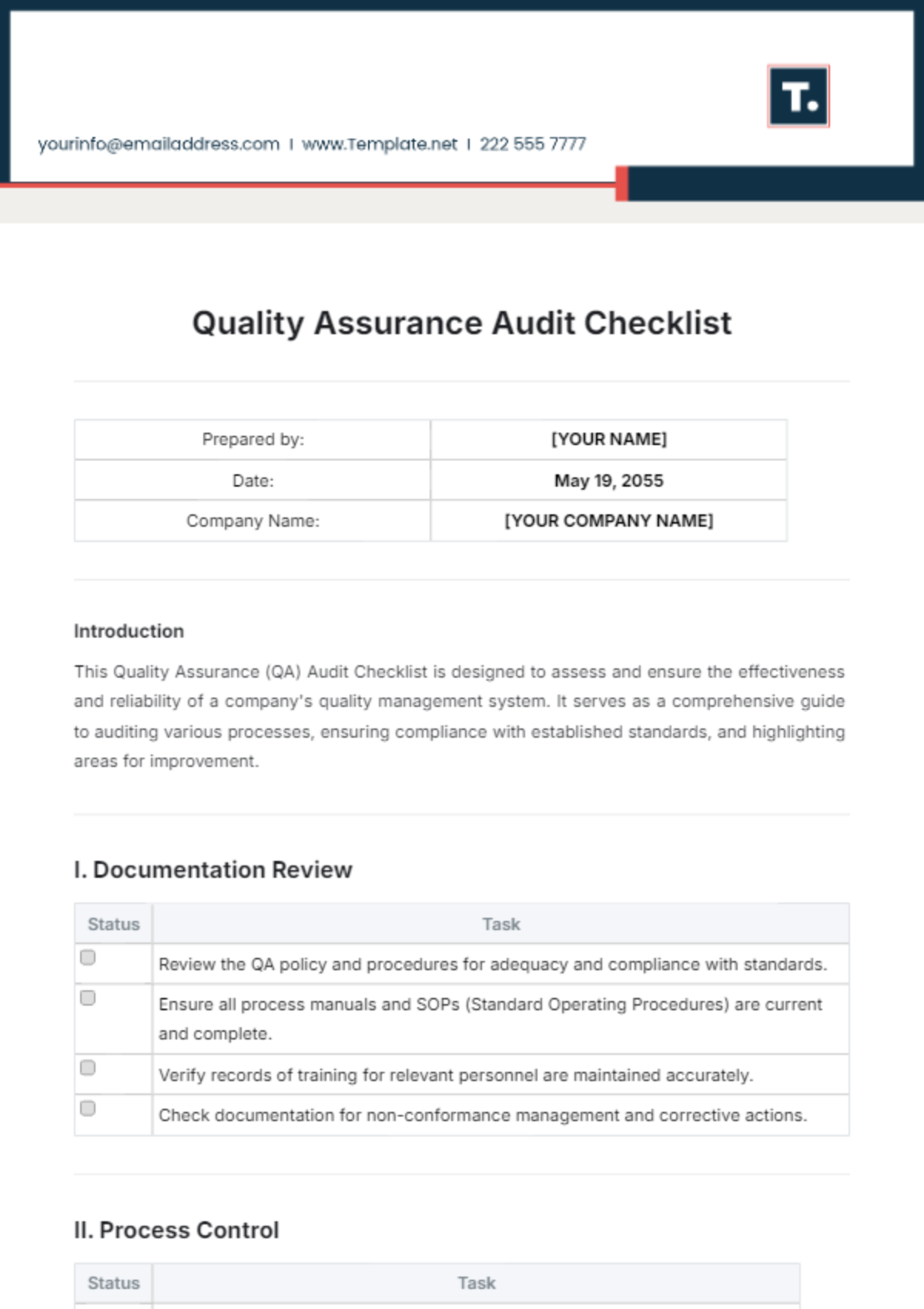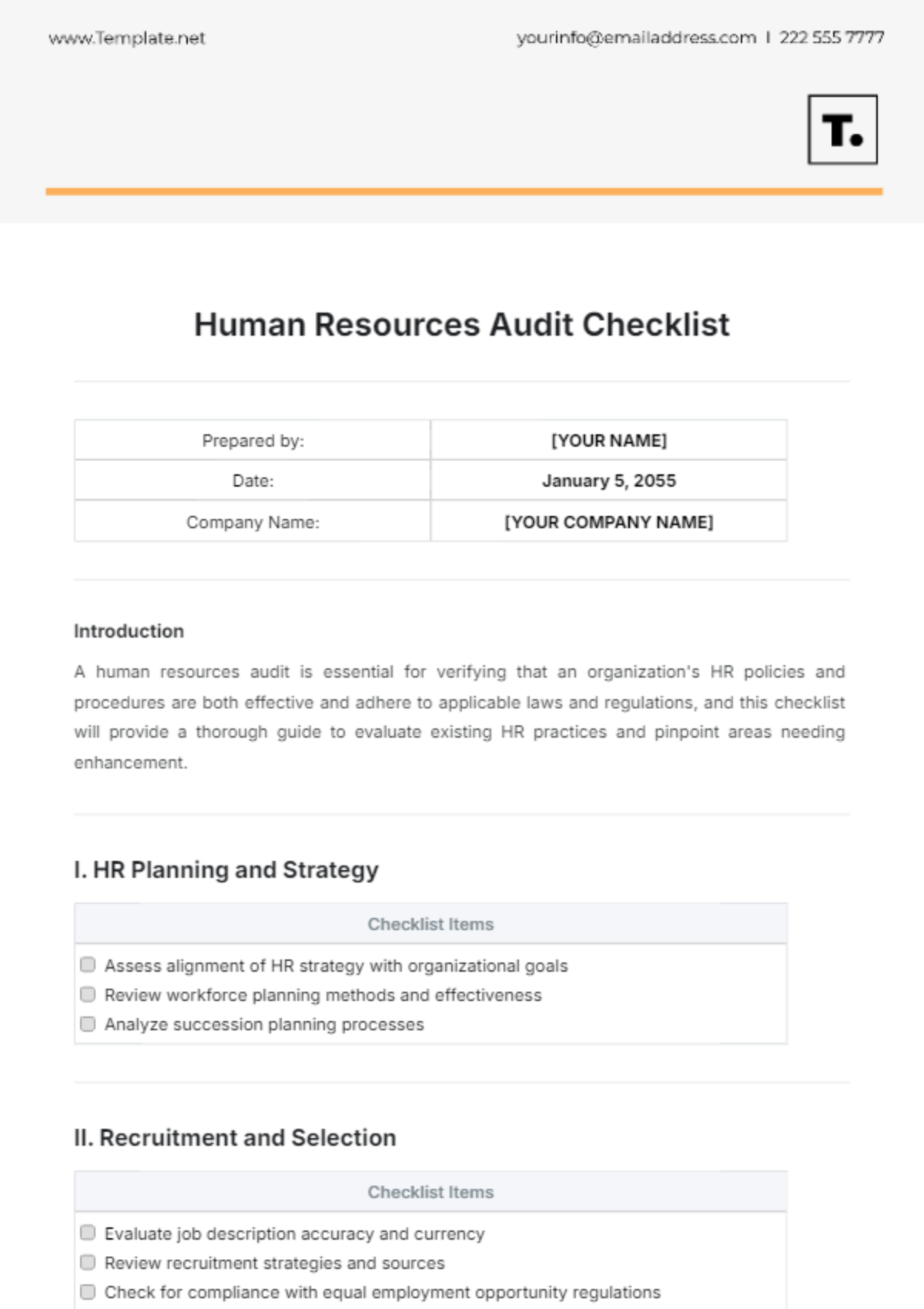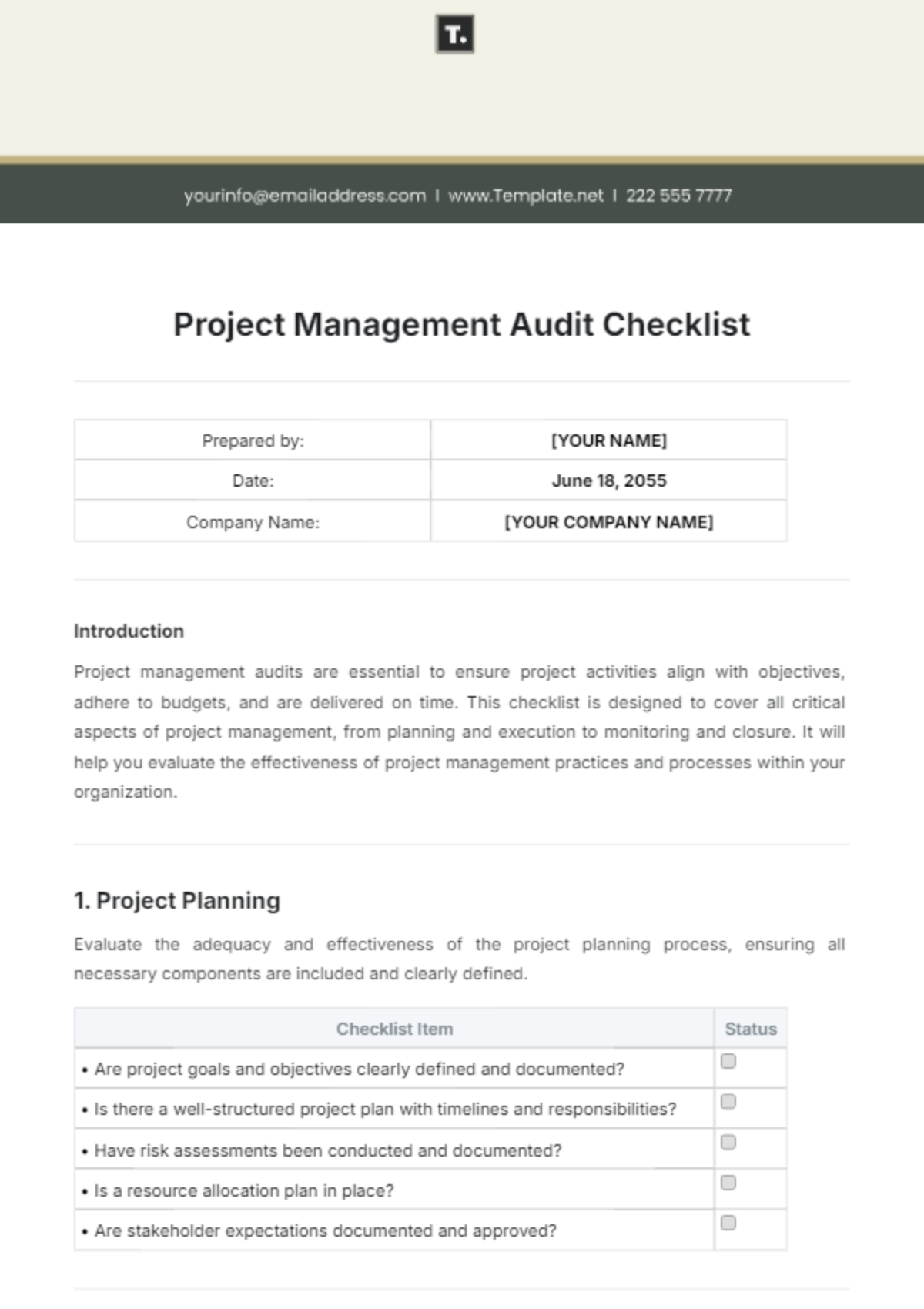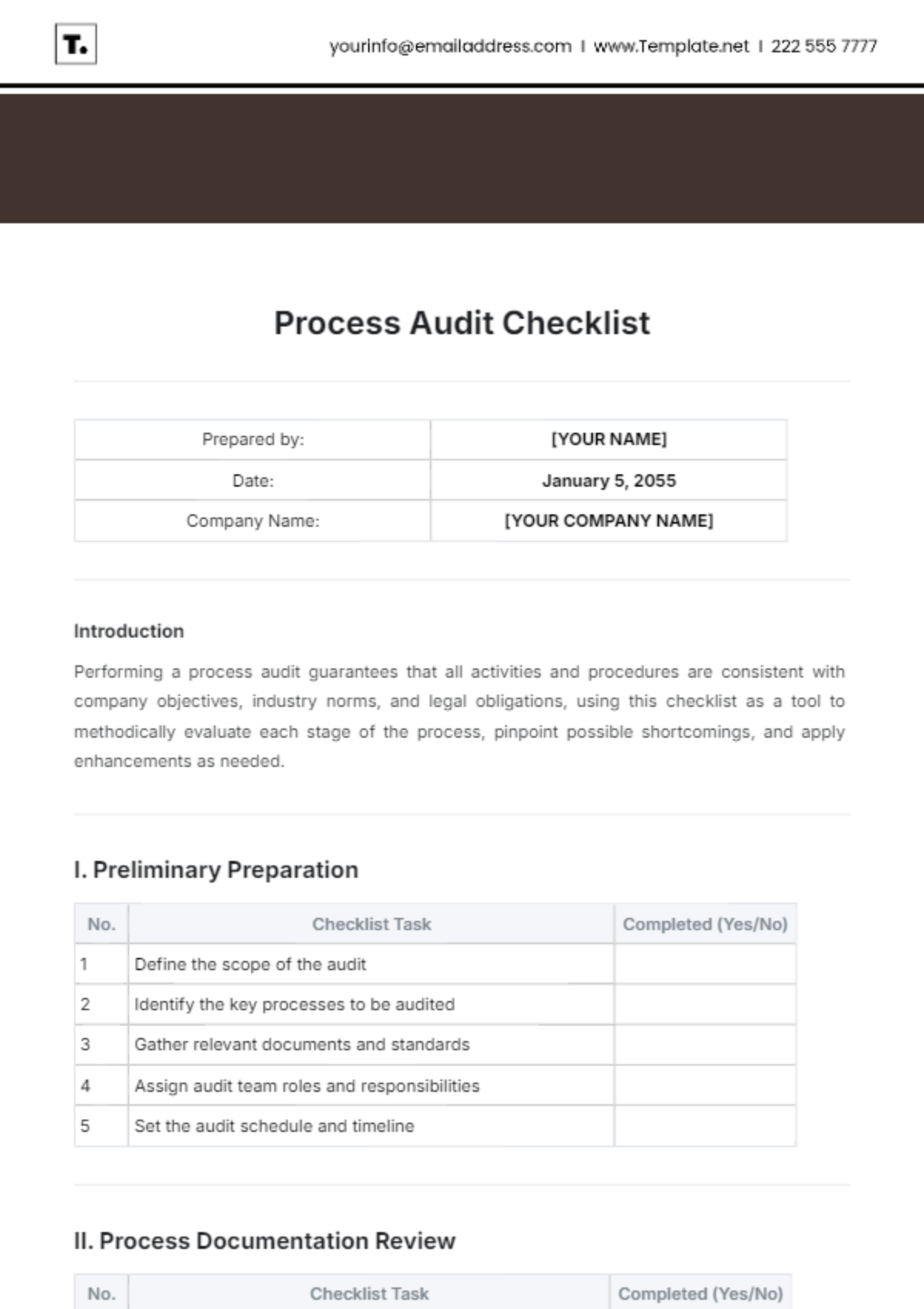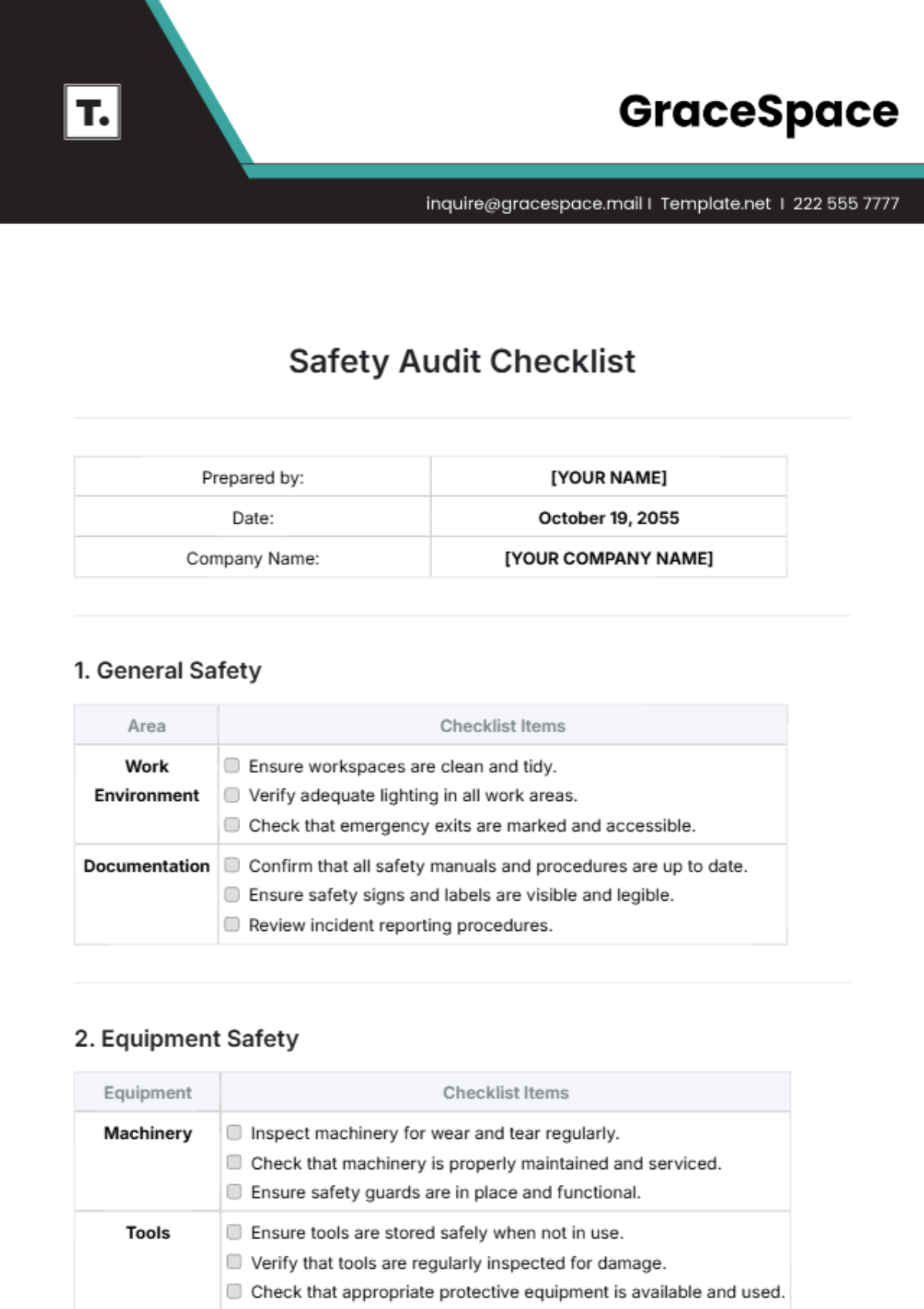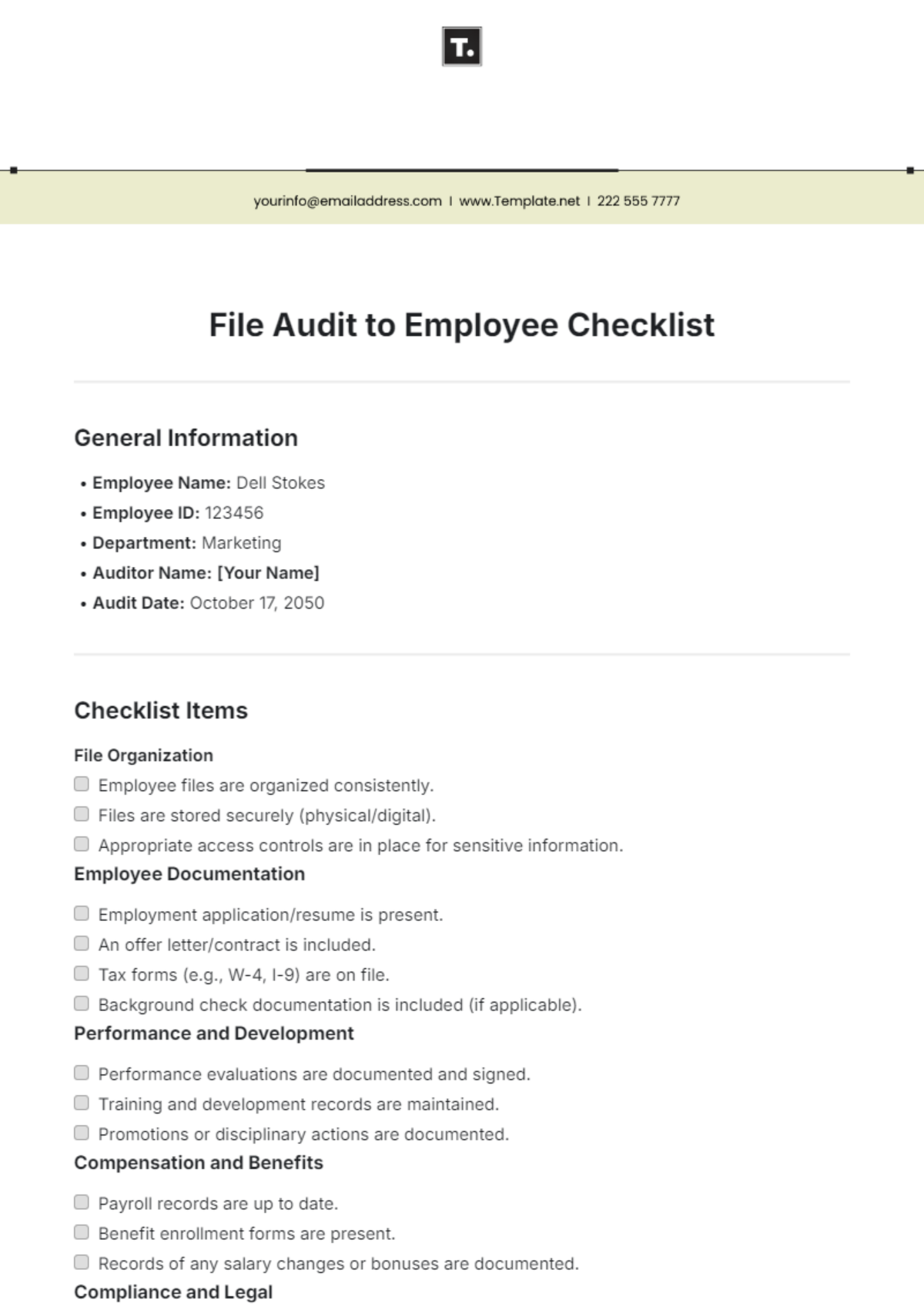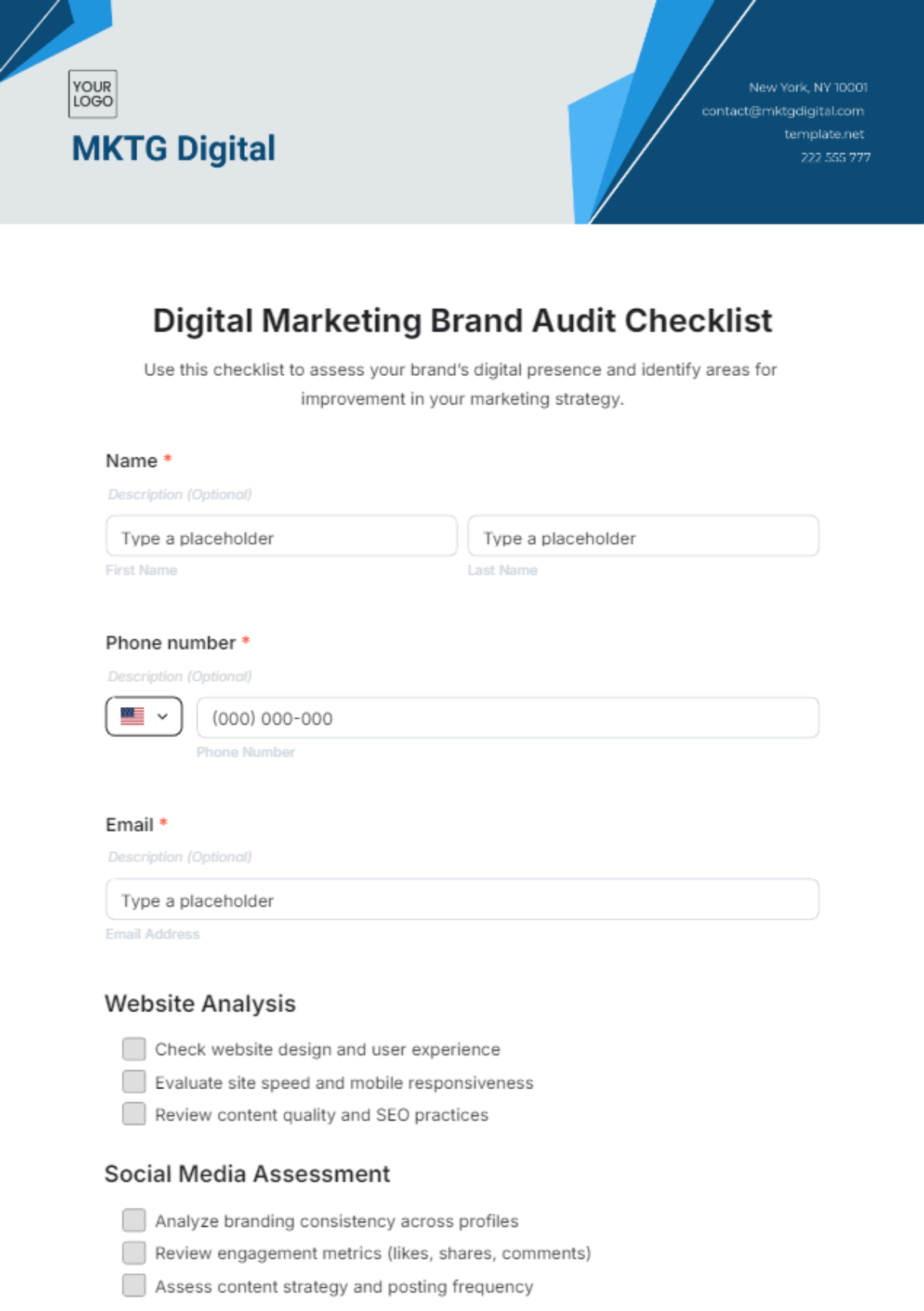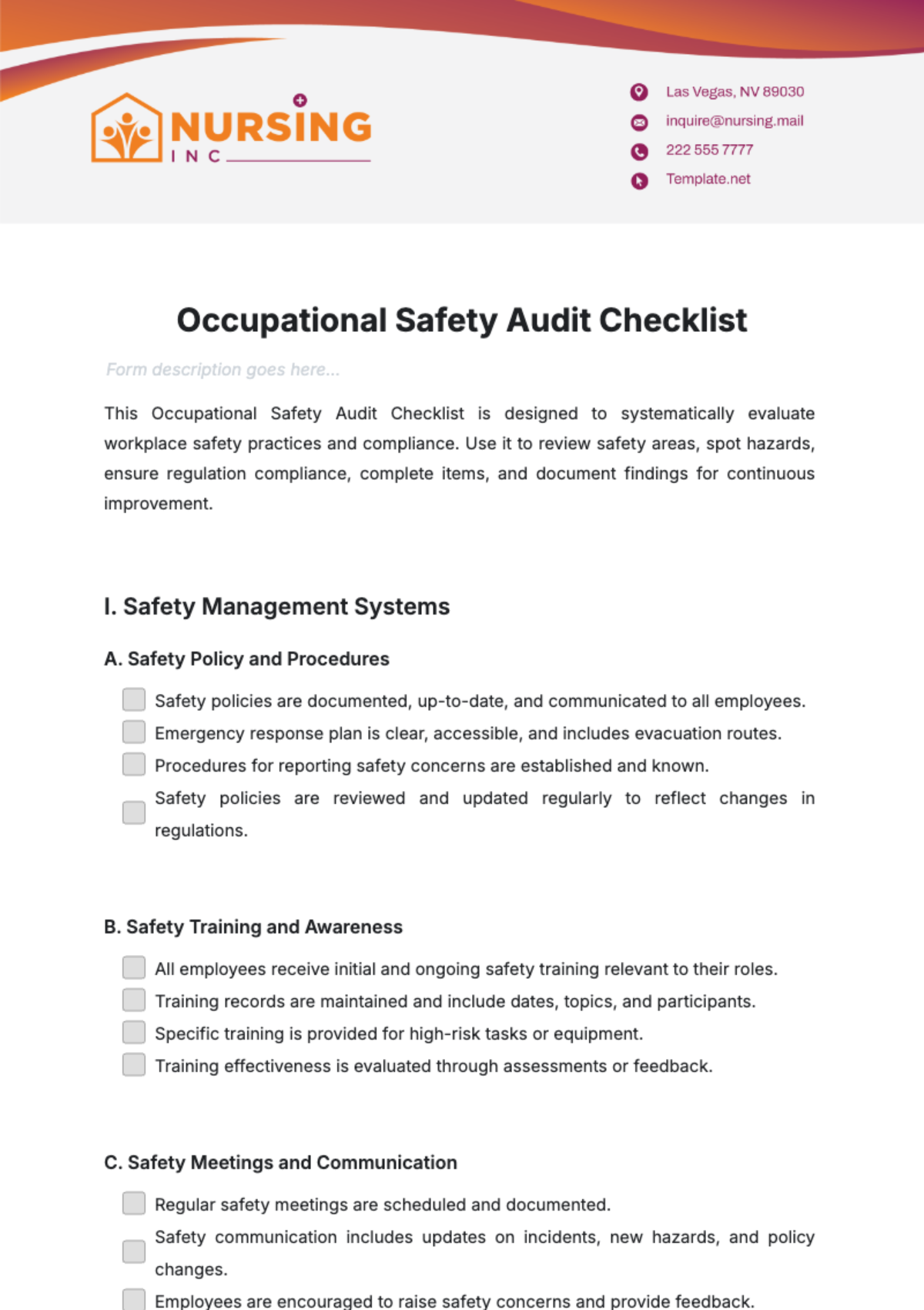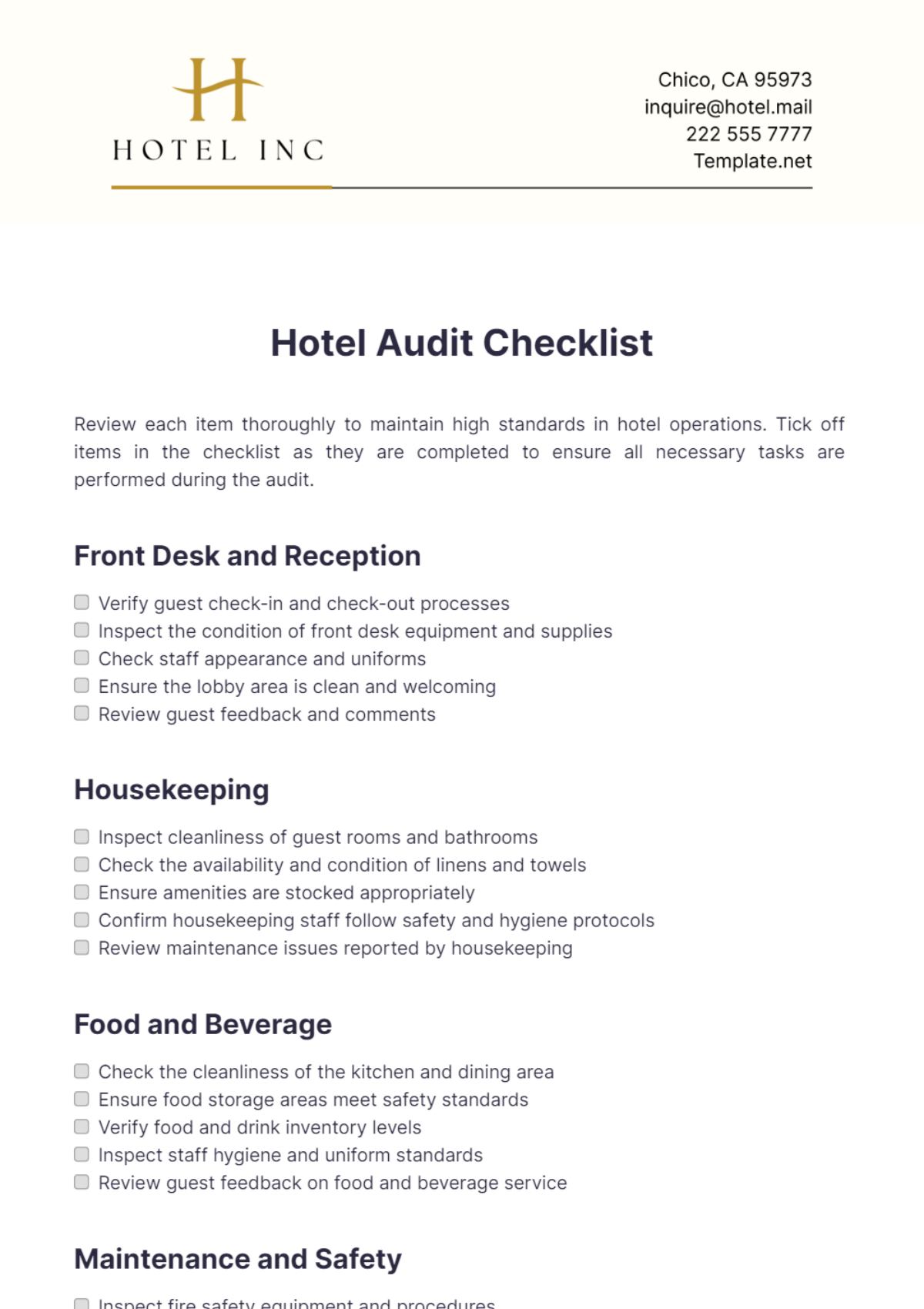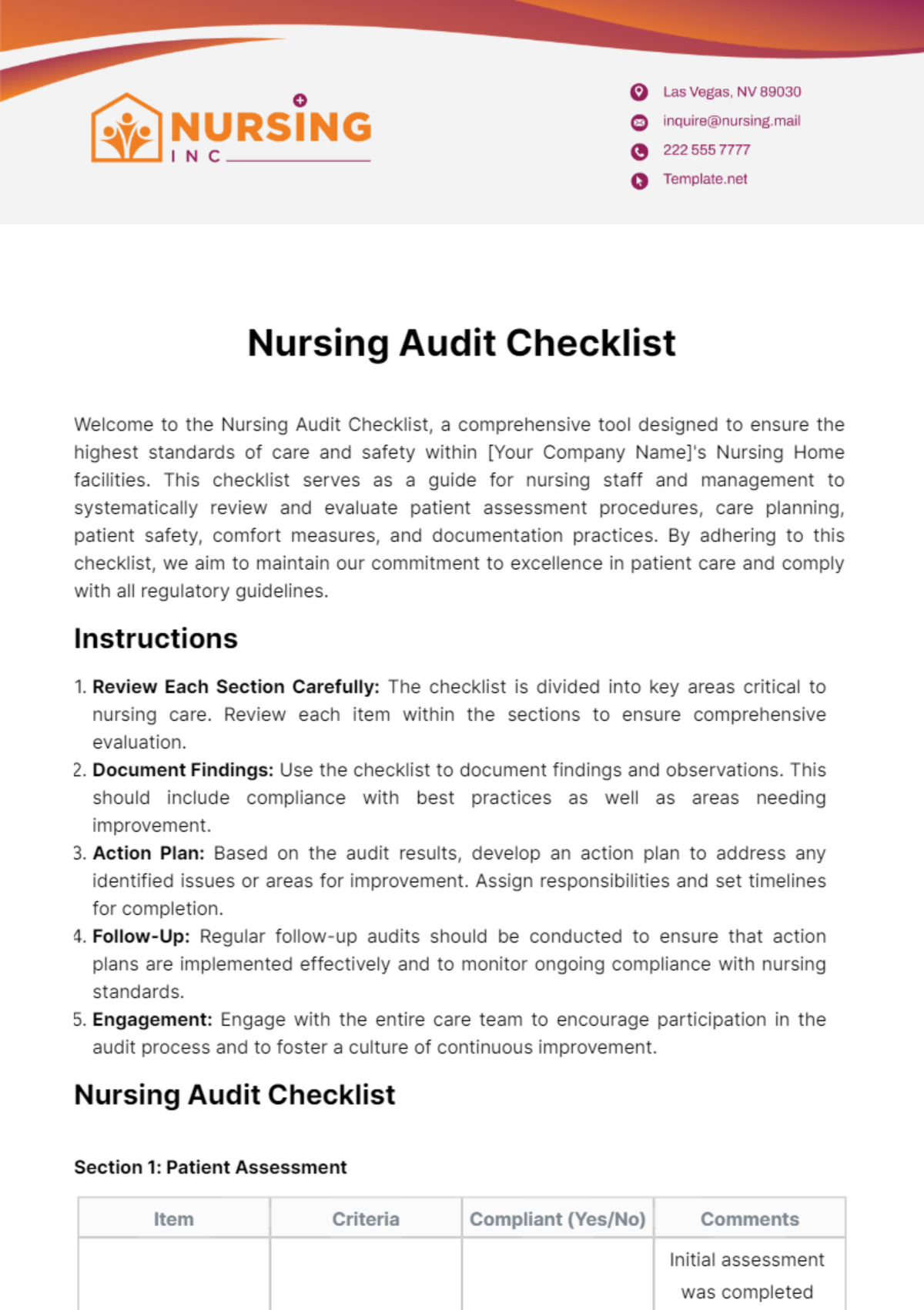Monthly Accounting Excellence: Enhancing Financial Precision
Streamlining financial processes is crucial for sustained business success. This Monthly Accounting Checklist ensures your financial health by covering three core areas: Bookkeeping, Financial Reporting, and Compliance and Risk Management.
Objectives:
To provide a systematic approach in managing financial tasks.
To ensure accuracy and compliance in all accounting practices.
To enhance the brand identity of the company.
Bookkeeping
1. Detailed Transaction Records:
Document every financial transaction meticulously.
Log receipts, invoices, and expenses for a comprehensive financial trail.
2. Ledger Accuracy:
Regularly verify and ensure precision in ledger entries.
Address discrepancies promptly to maintain data integrity.
3. Internal Audits:
Conduct frequent internal audits for data validation.
Identify and rectify errors to enhance the reliability of financial information.
4. Invoice Monitoring:
Keep a close eye on receivables and payables.
Implement strategies to optimize cash flow and minimize payment delays.
5. Period Closure:
Summarize financial activities at the end of each period.
Facilitate smoother transitions between financial reporting periods.
Financial Reporting
1. Profit and Loss Statements:
Generate detailed monthly profit and loss statements.
Analyze trends and financial health to inform strategic decision-making.
2. Financial Forecasts:
Develop quarterly financial forecasts for proactive planning.
Anticipate potential challenges and capitalize on emerging opportunities.
3. Budget Planning:
Provide annual budget planning and reporting.
Align financial goals with overall business objectives.
4. Comprehensive Statements:
Prepare detailed financial statements for stakeholders.
Enhance transparency by presenting a clear overview of the financial position.
5. Timely Filings:
Furnish tax filings and financial disclosures promptly.
Ensure compliance with regulatory timelines.
Compliance and Risk Management
1. Regulatory Compliance:
Regularly review and update processes to meet financial regulations.
Stay informed about changes in compliance requirements.
2. Risk Management:
Develop and implement a robust risk management plan.
Identify, assess, and mitigate potential risks to financial stability.
3. Audit-Based Corrective Actions:
Implement corrective actions based on internal audit findings.
Continuously refine processes to minimize risks.
4. Insurance Coverage:
Maintain up-to-date insurance coverage.
Ensure adequate protection against unforeseen financial challenges.
Conducted by: [Your Name]
Company: [Your Company Name]
